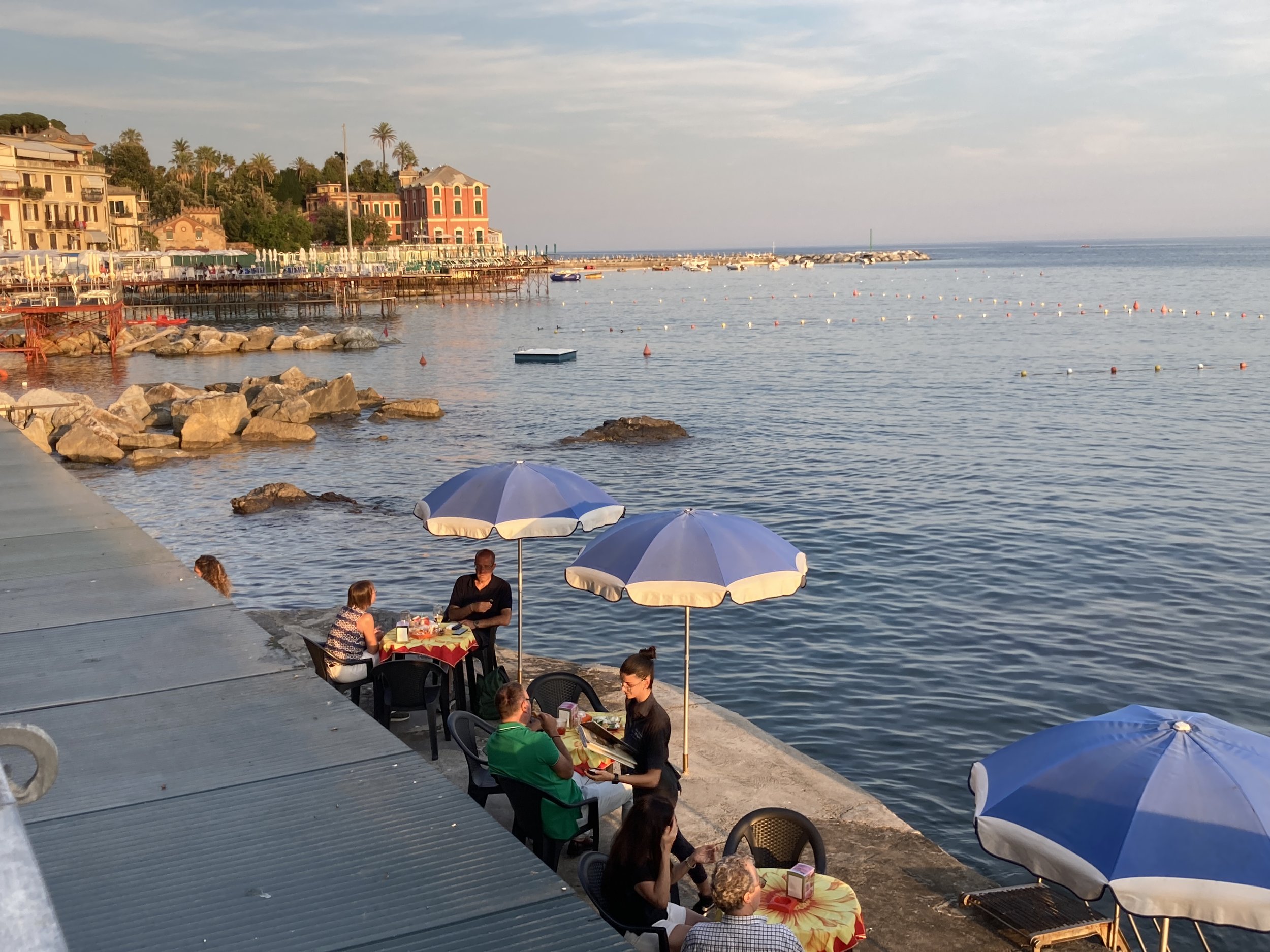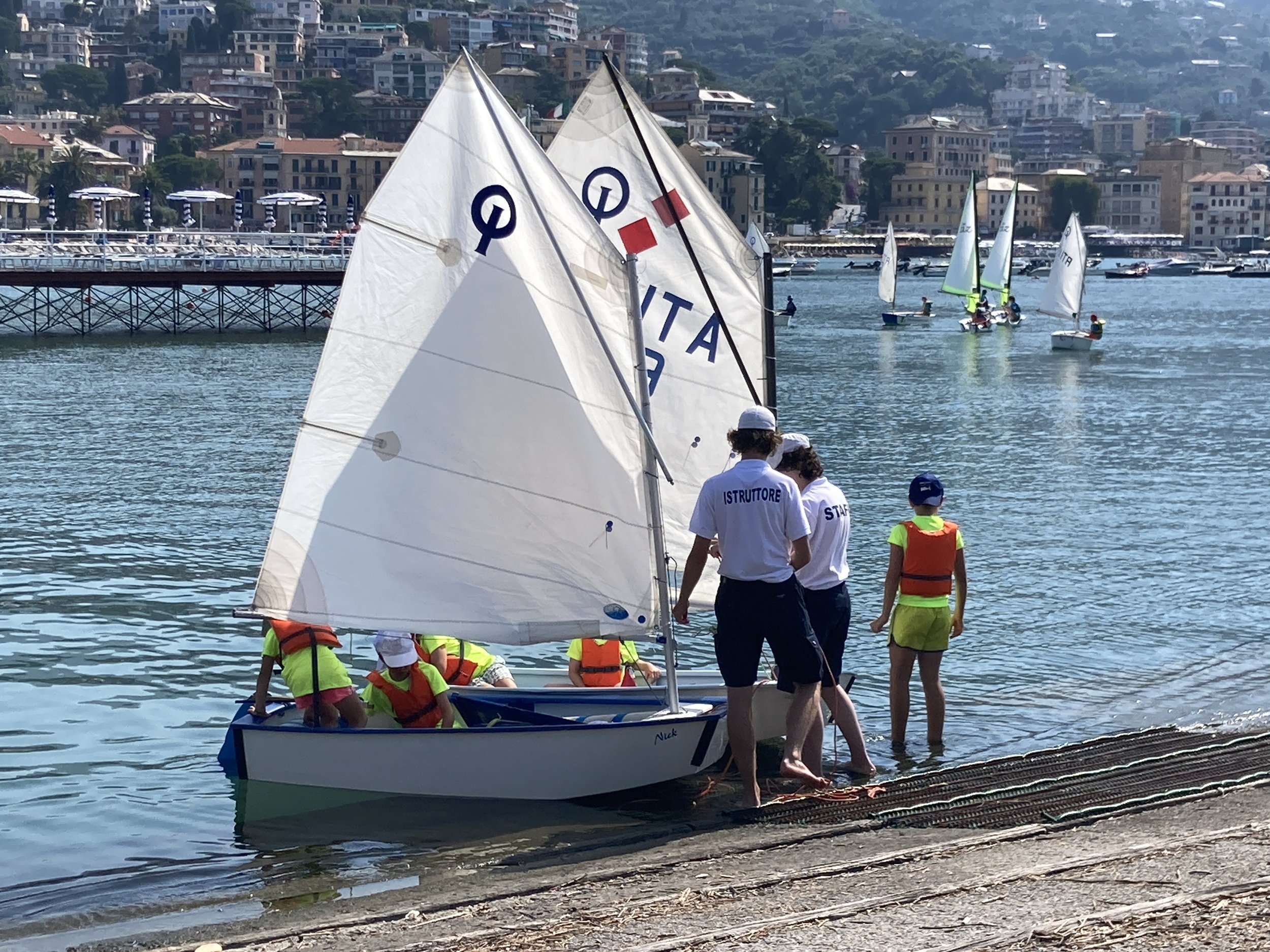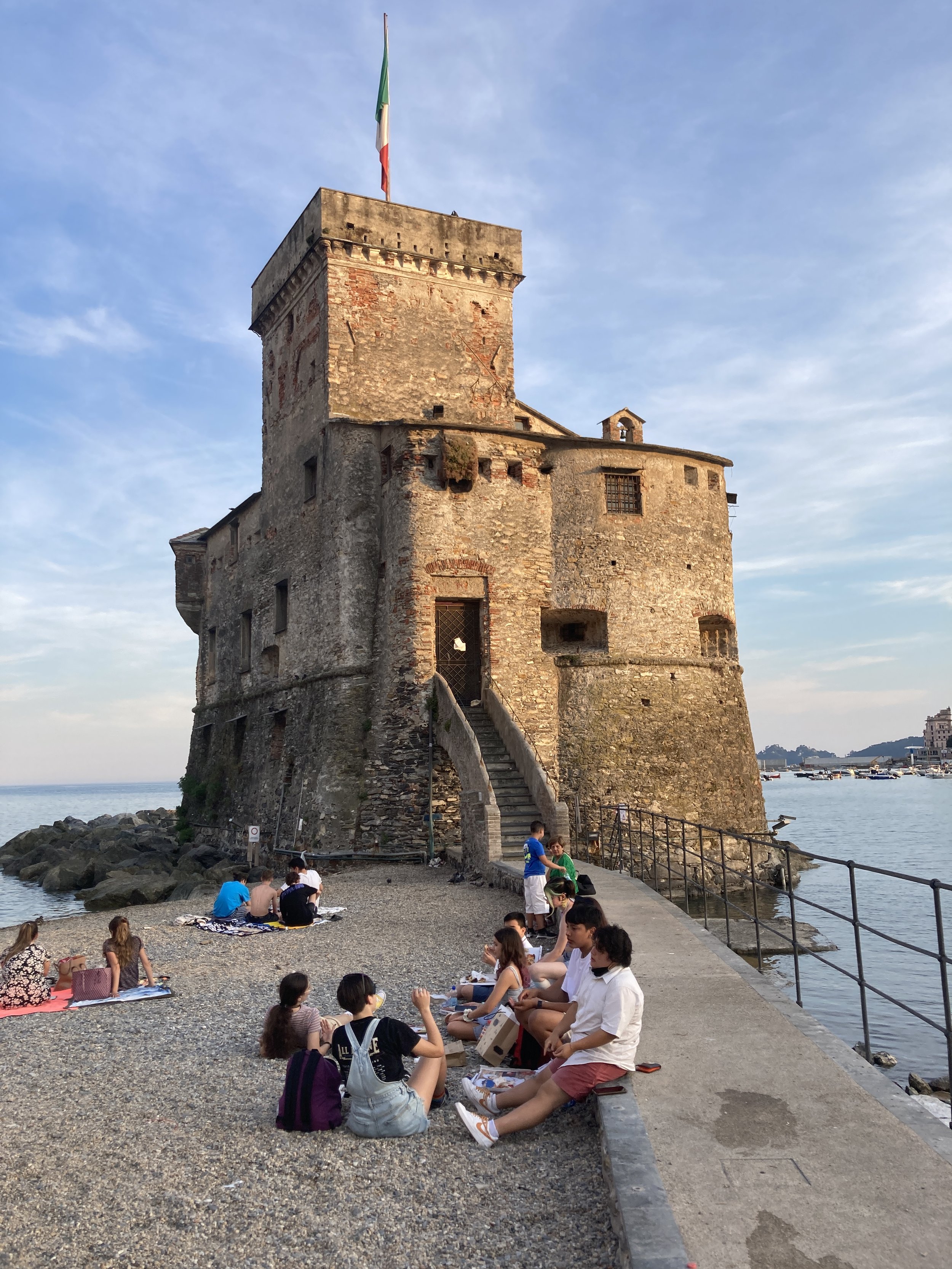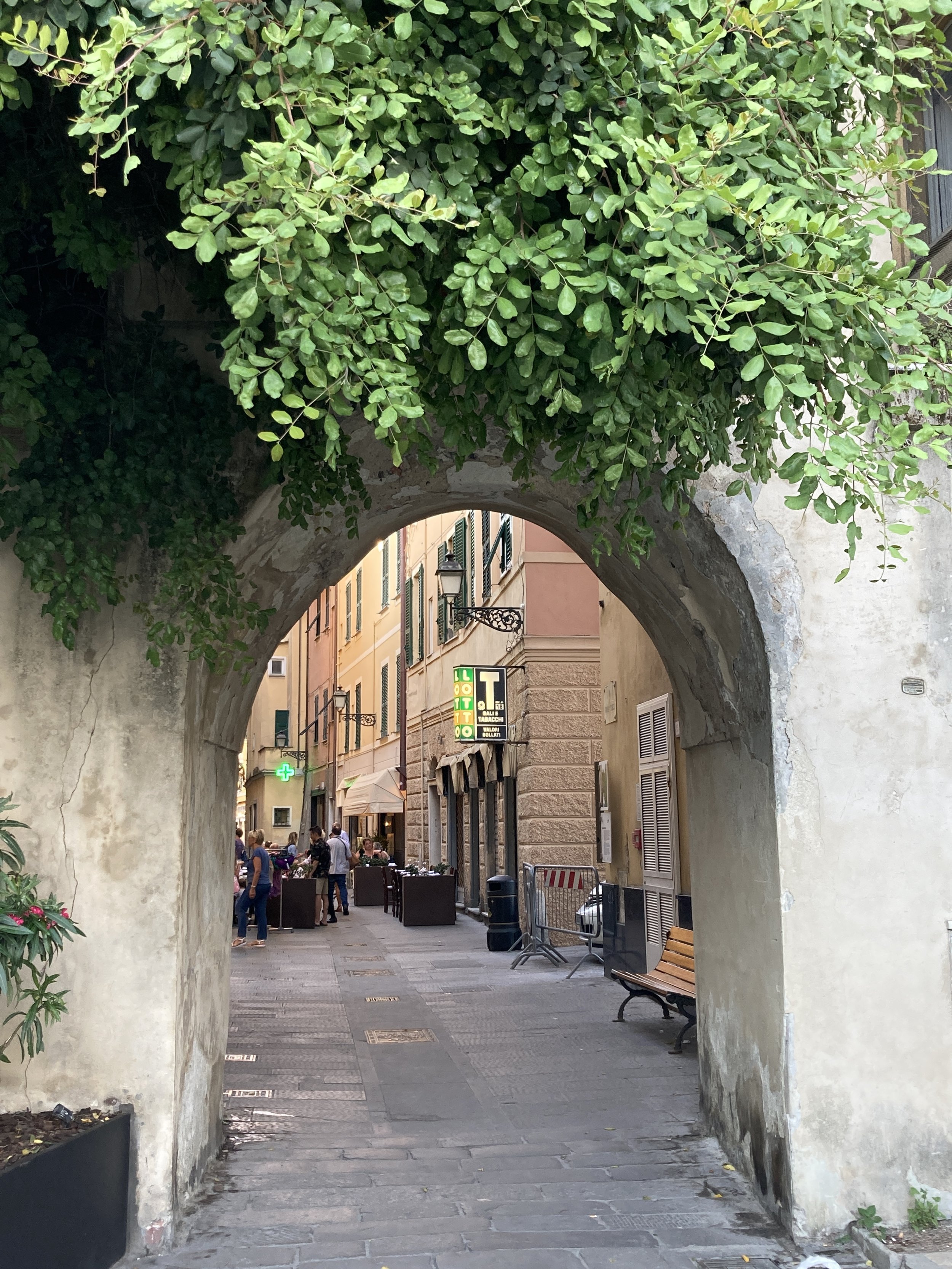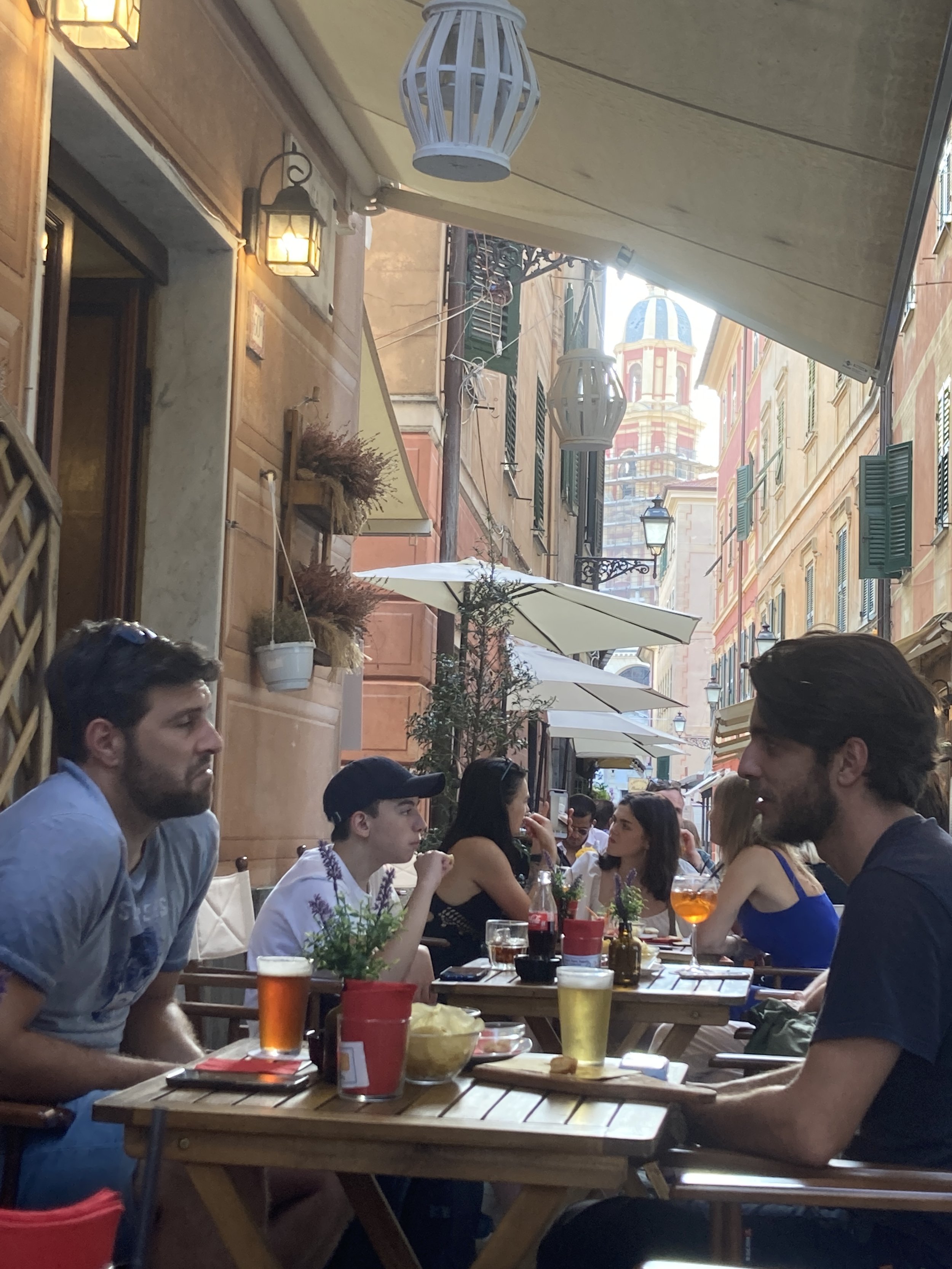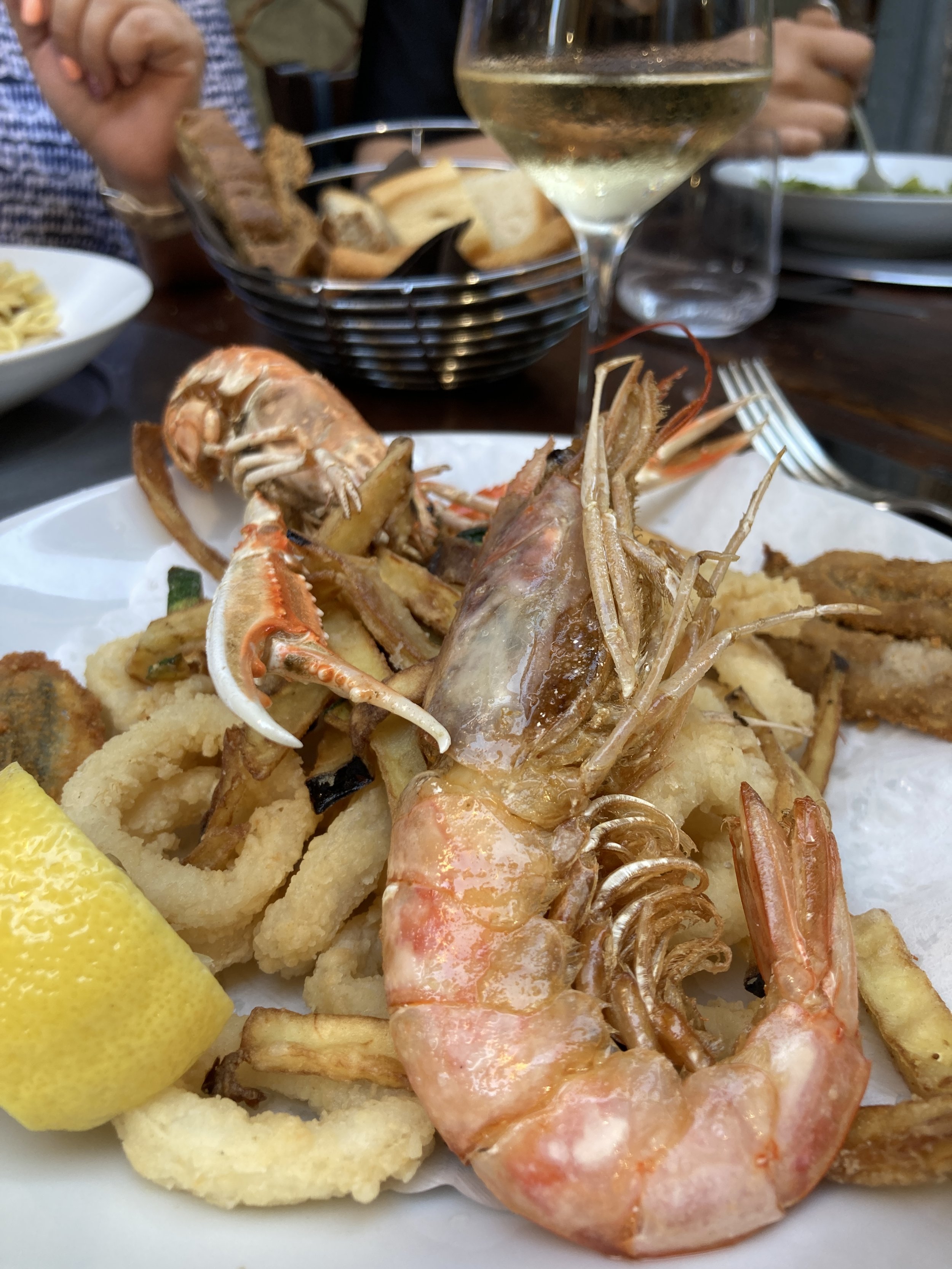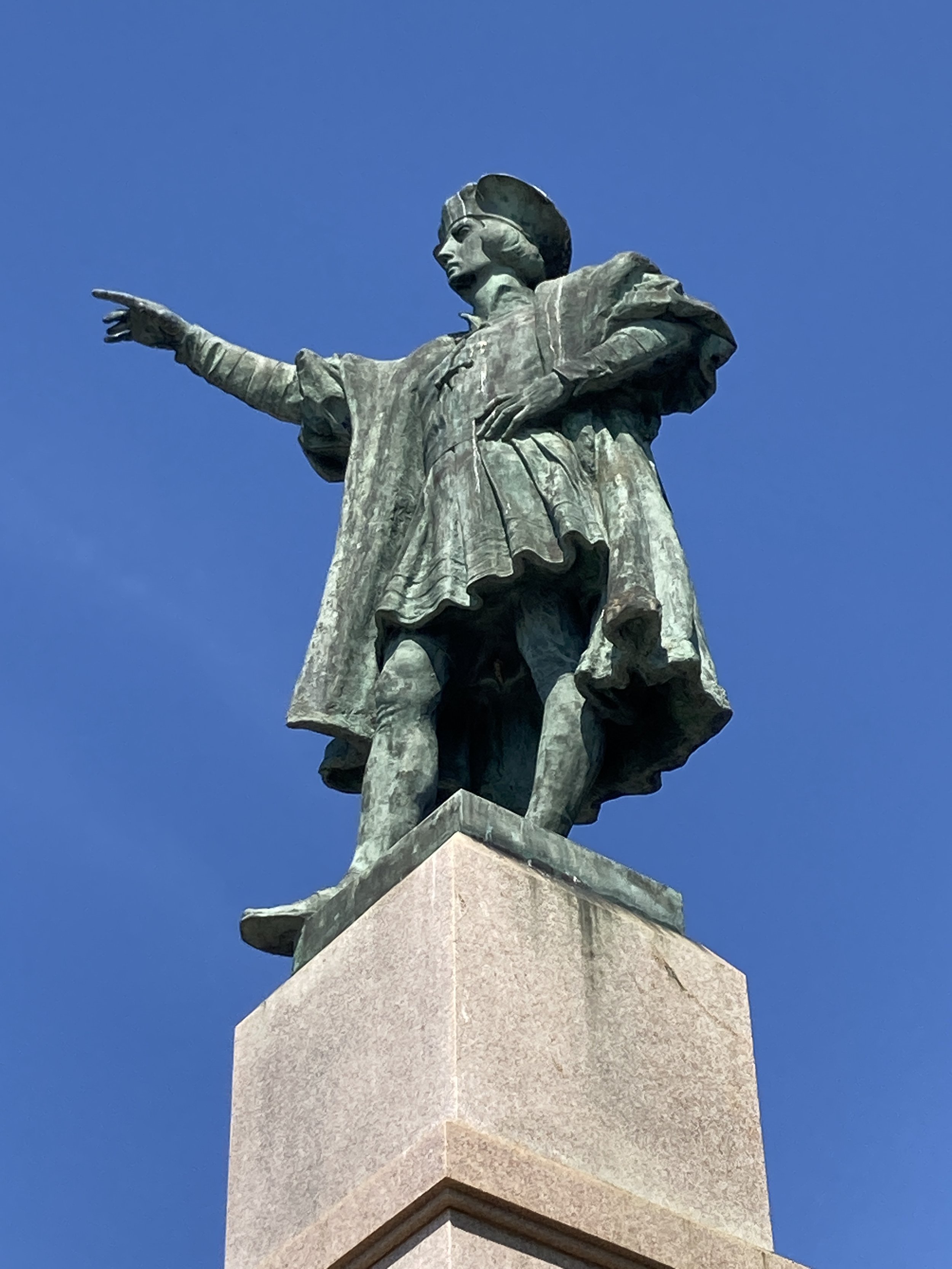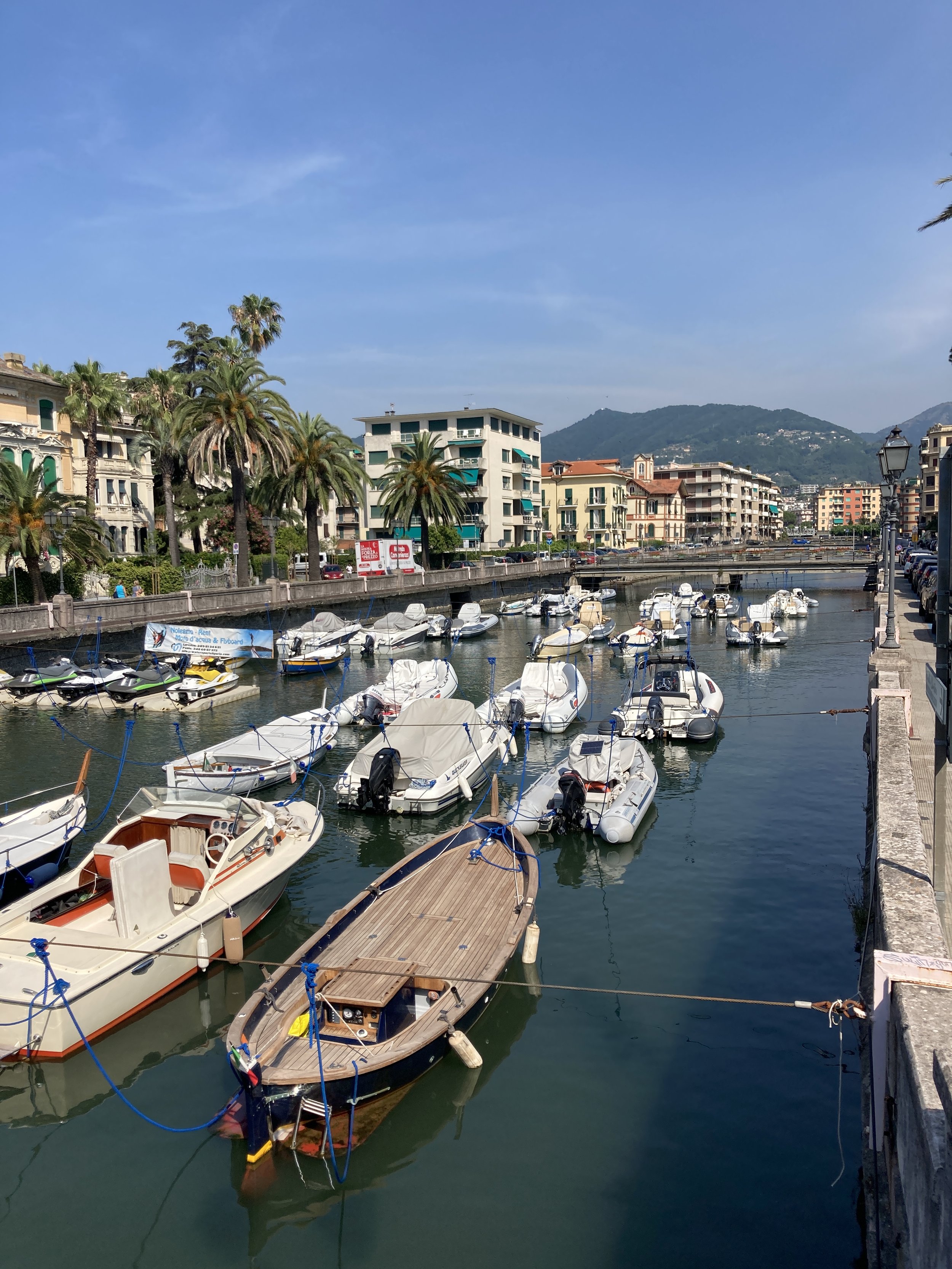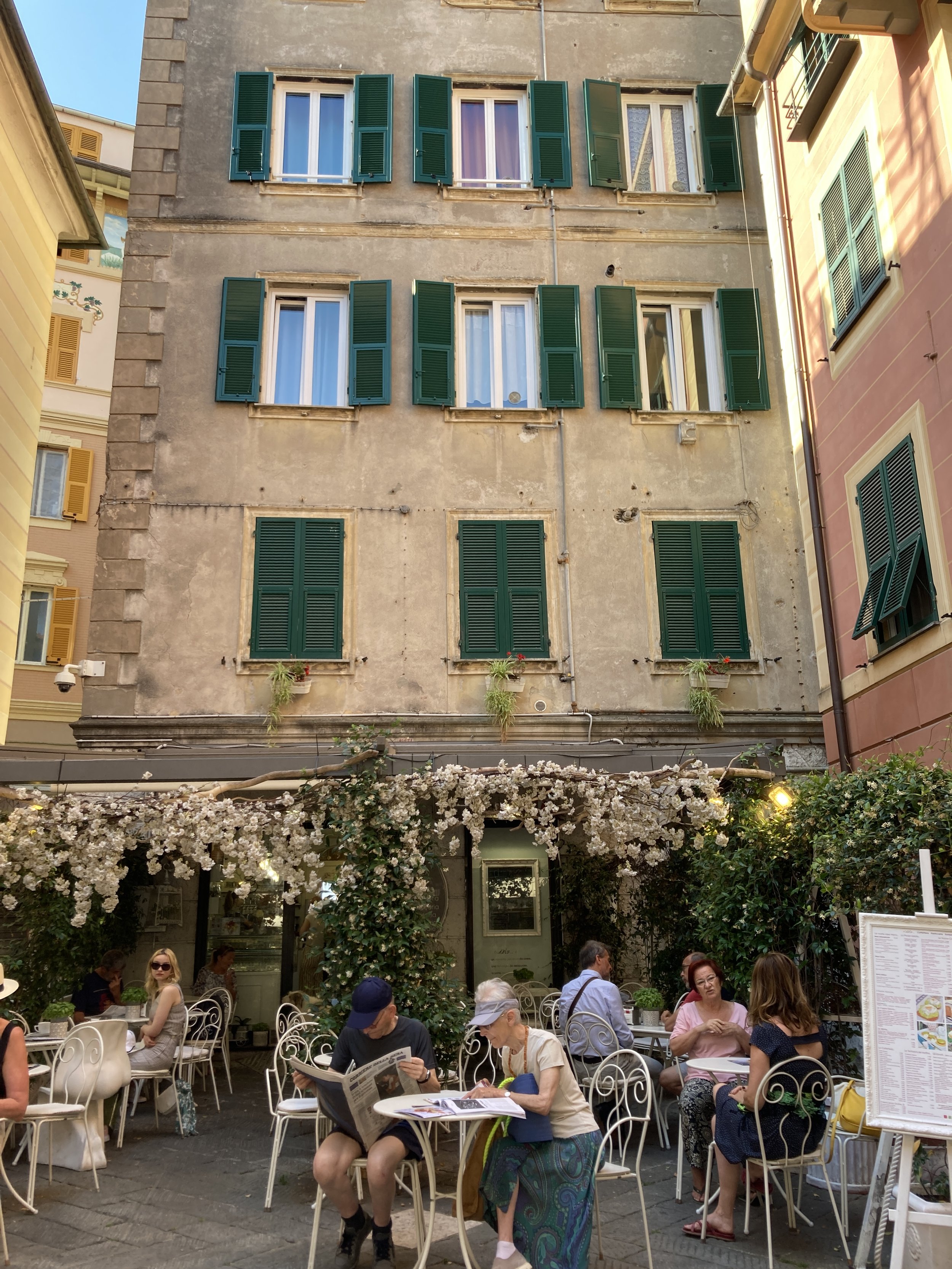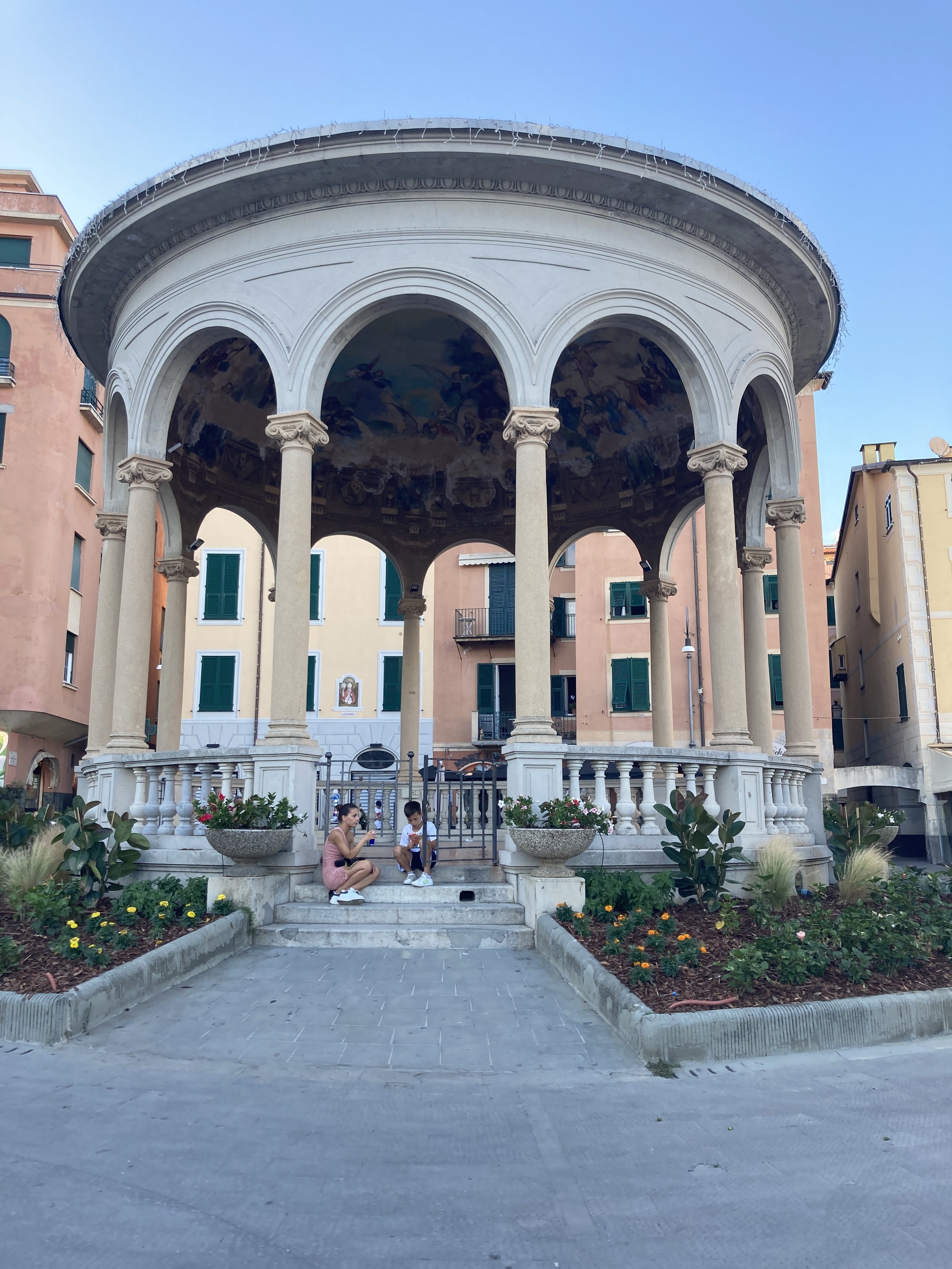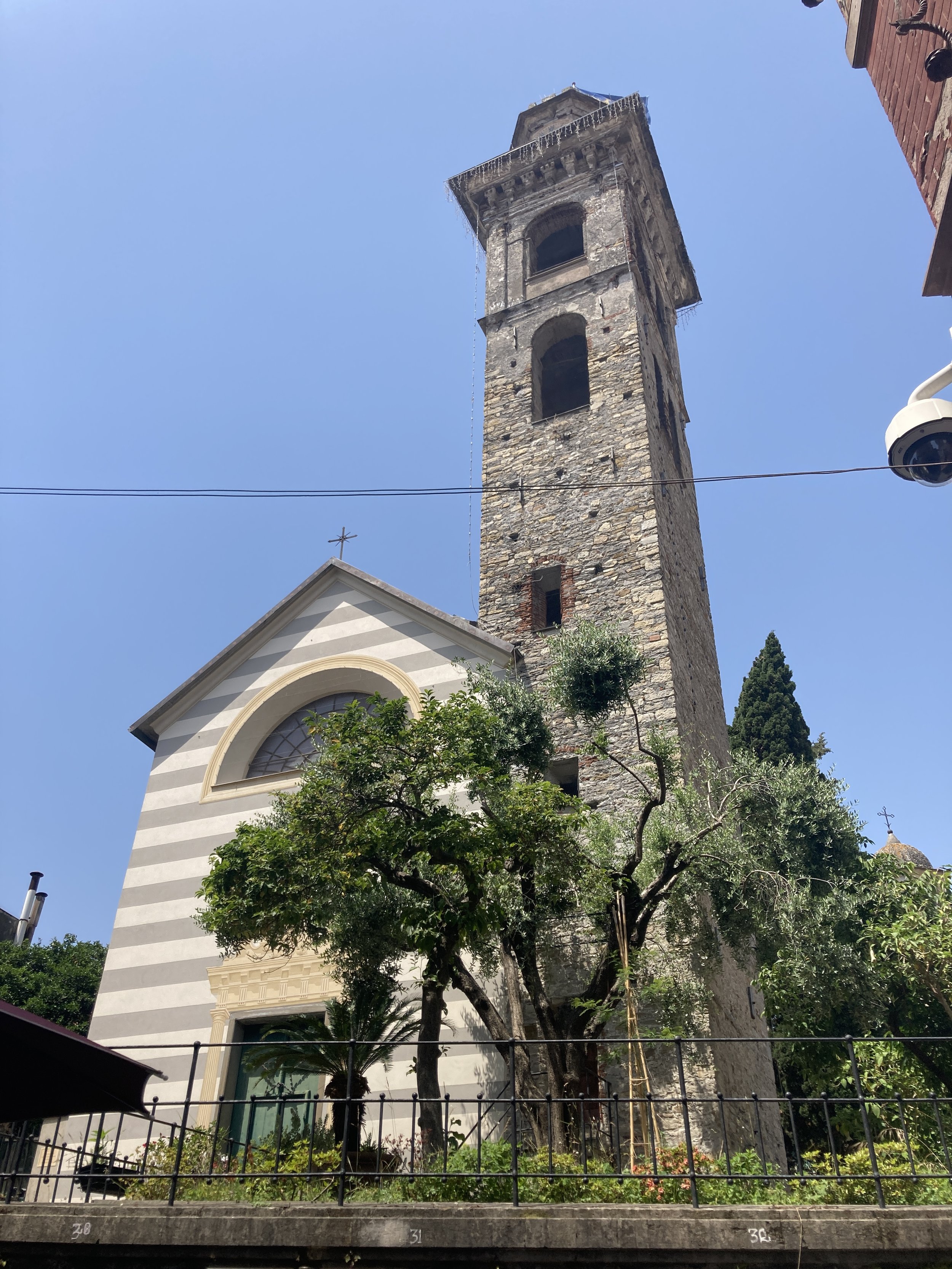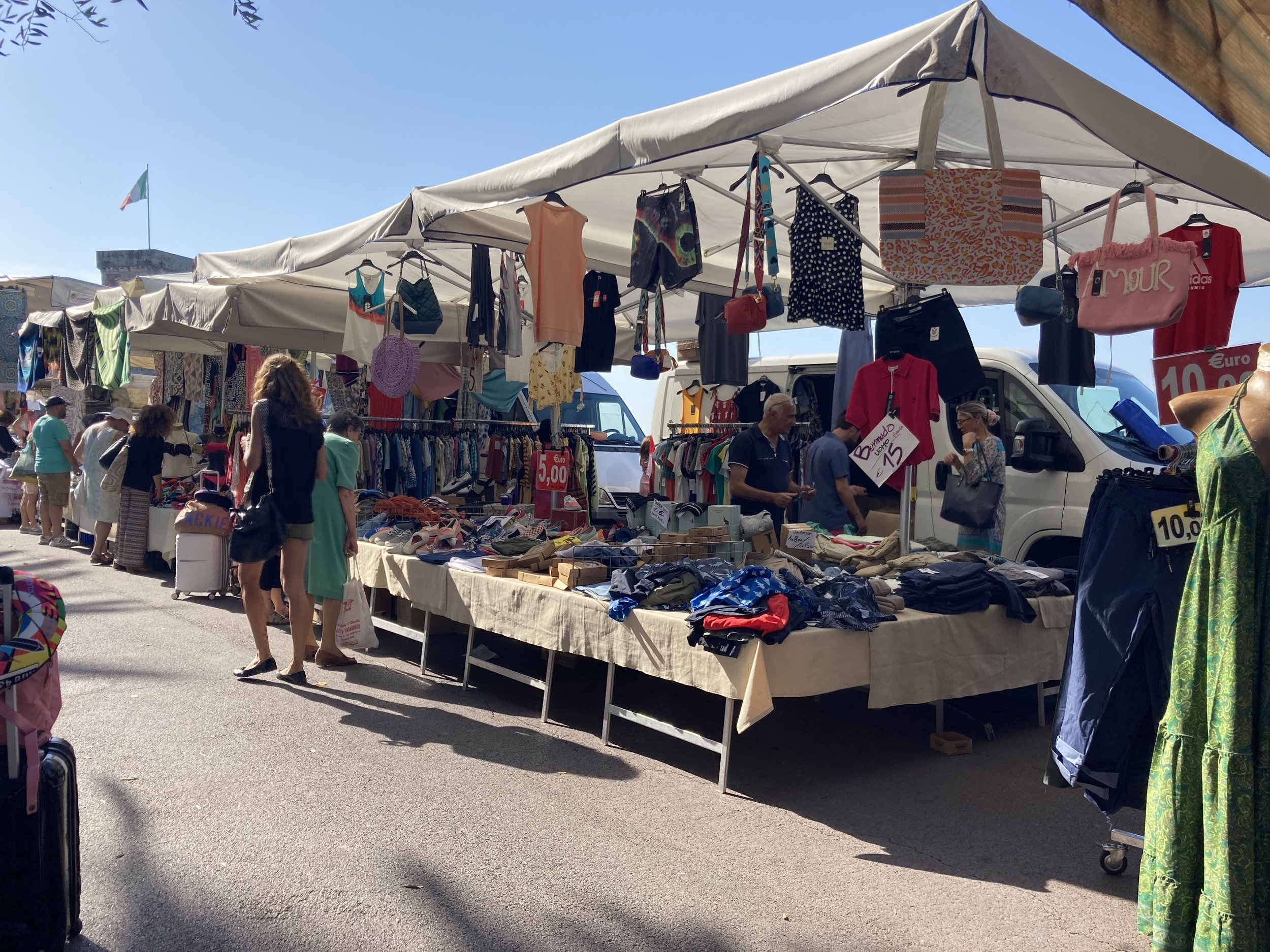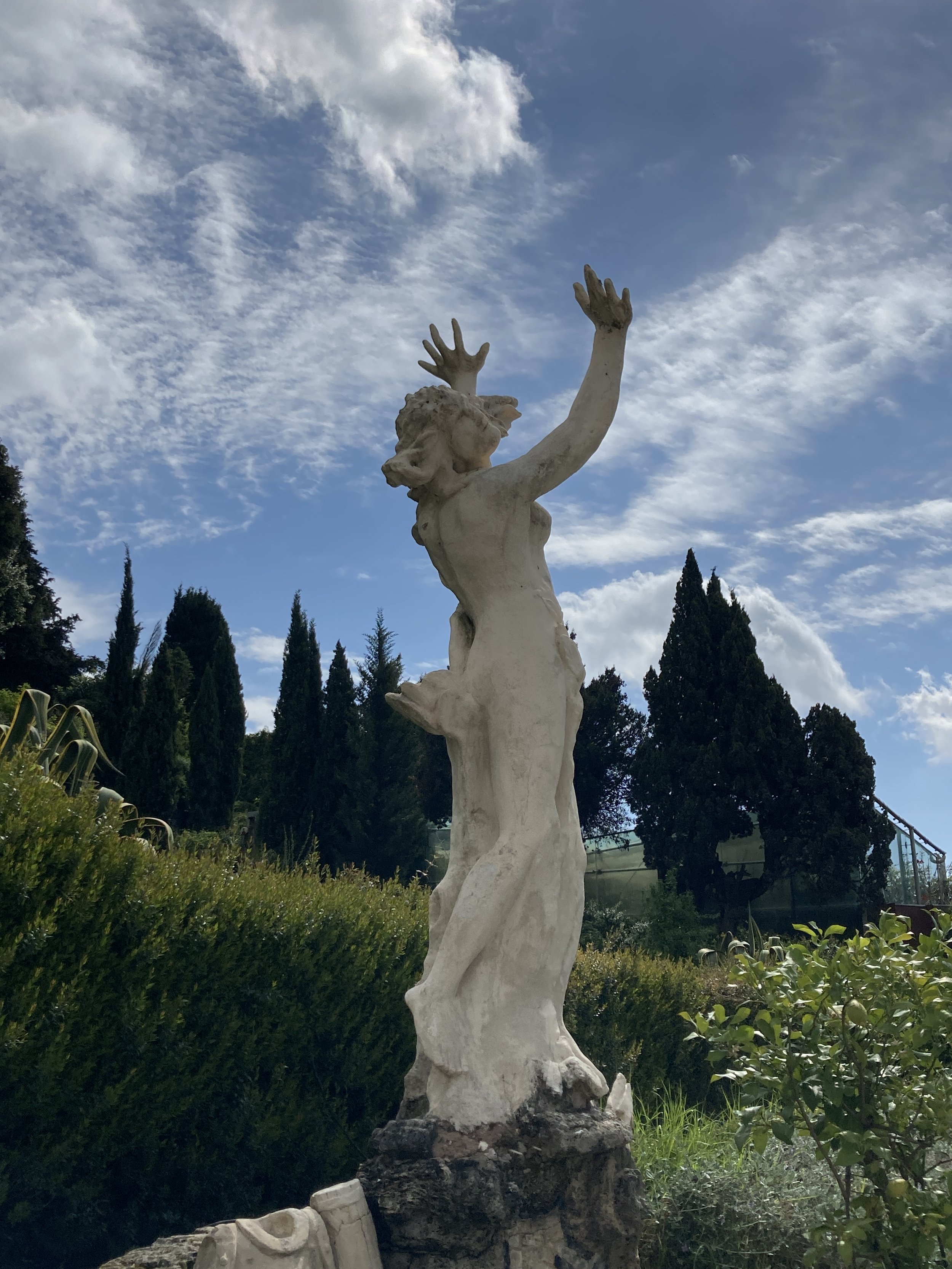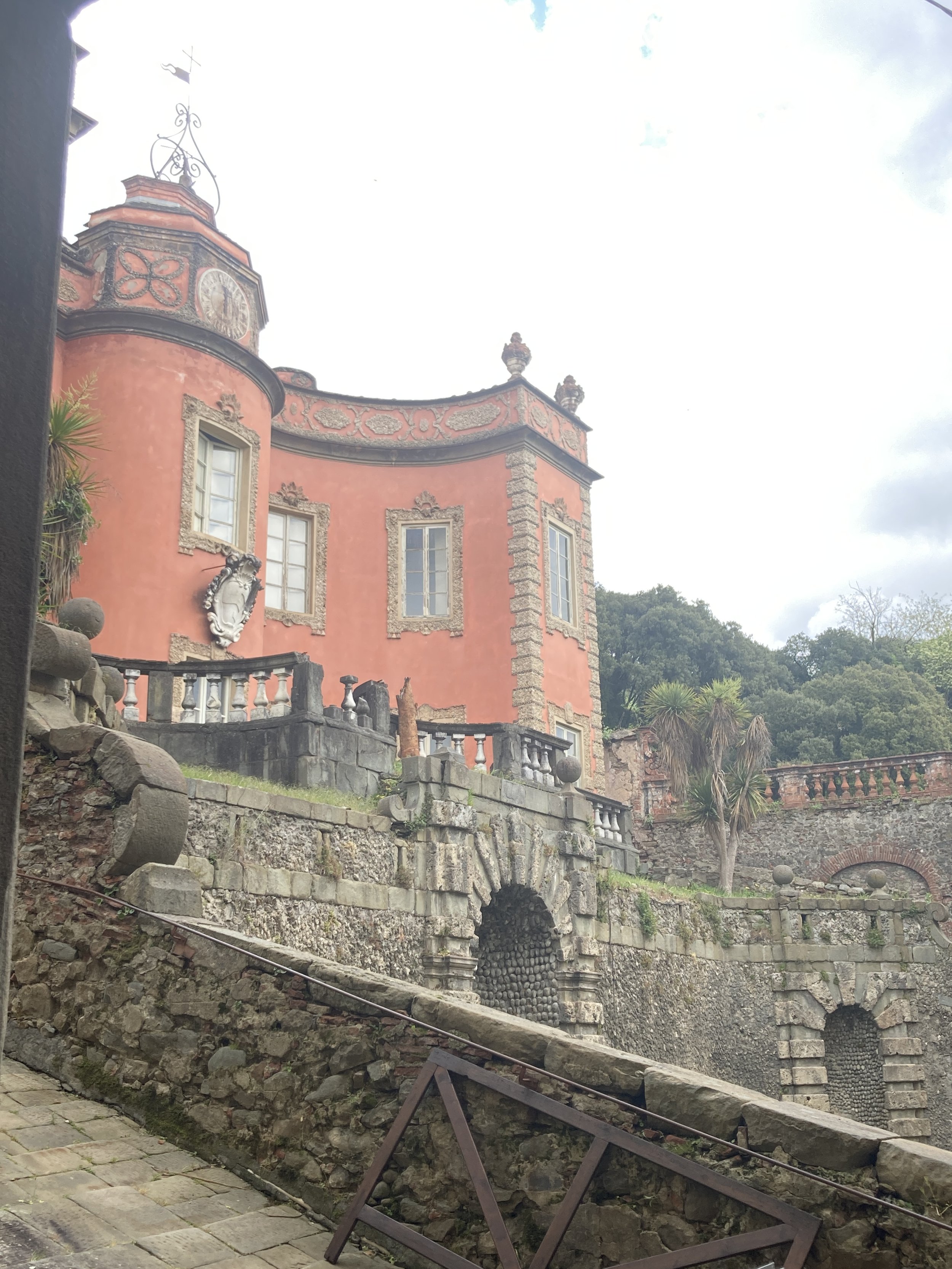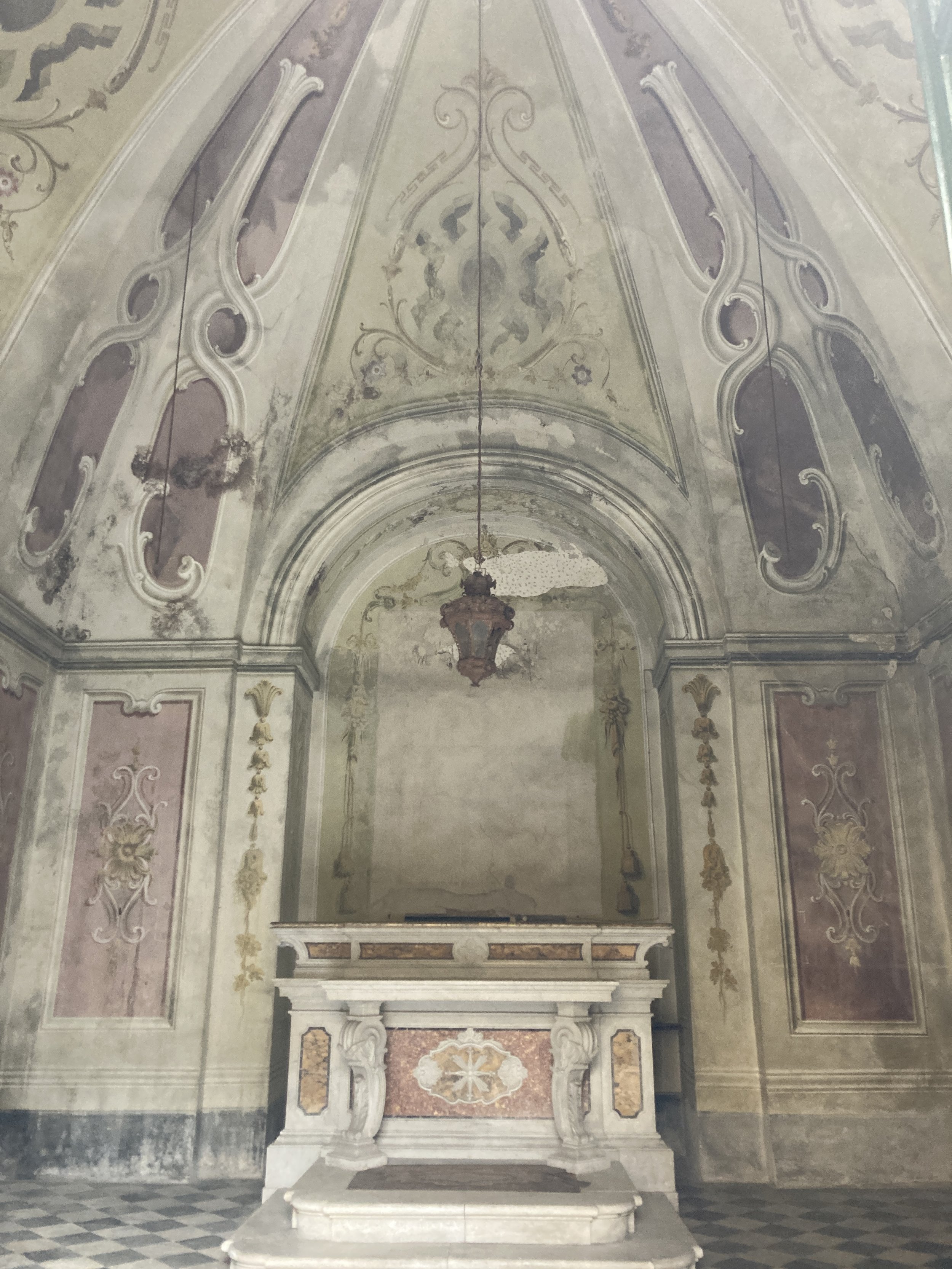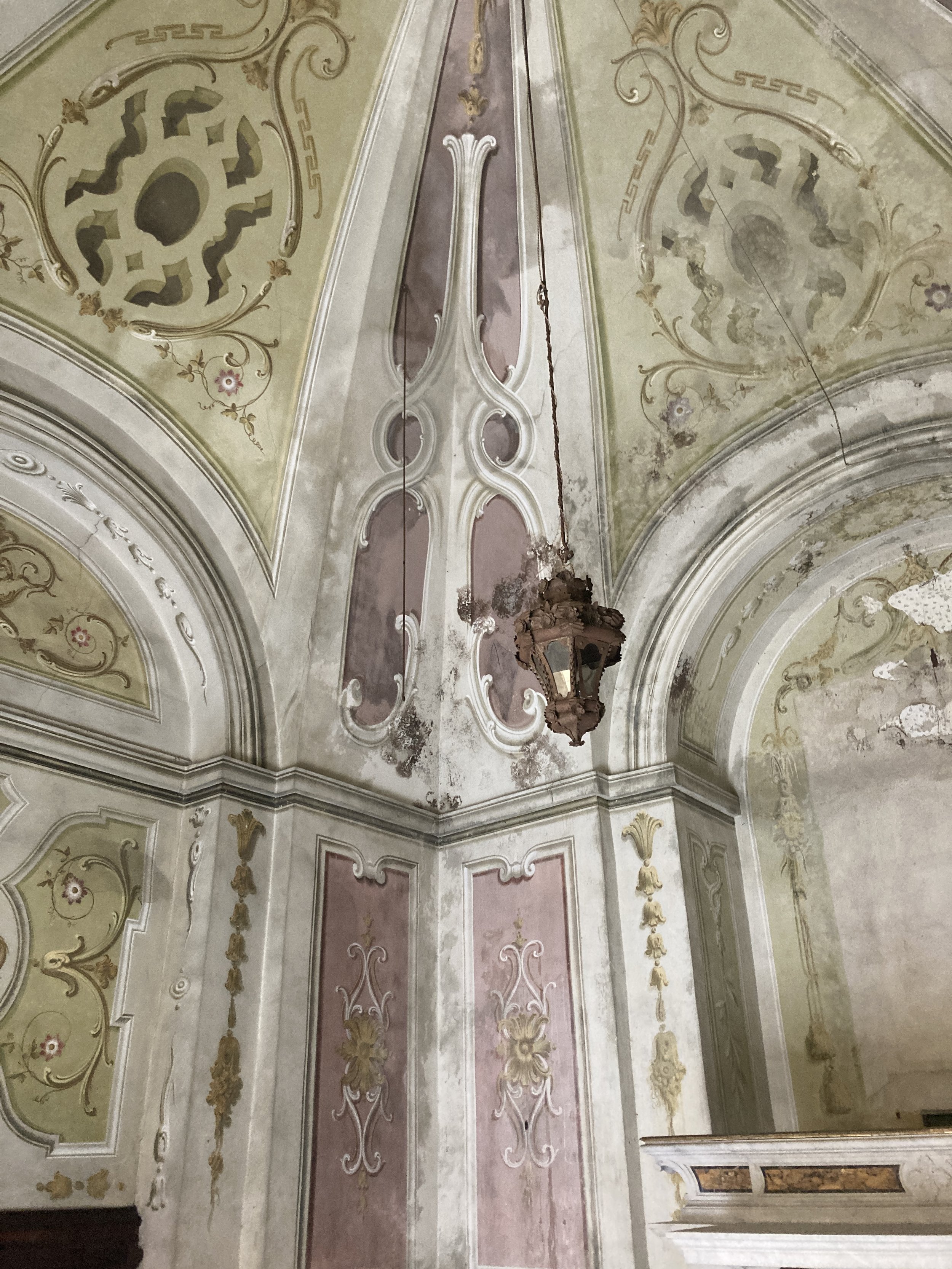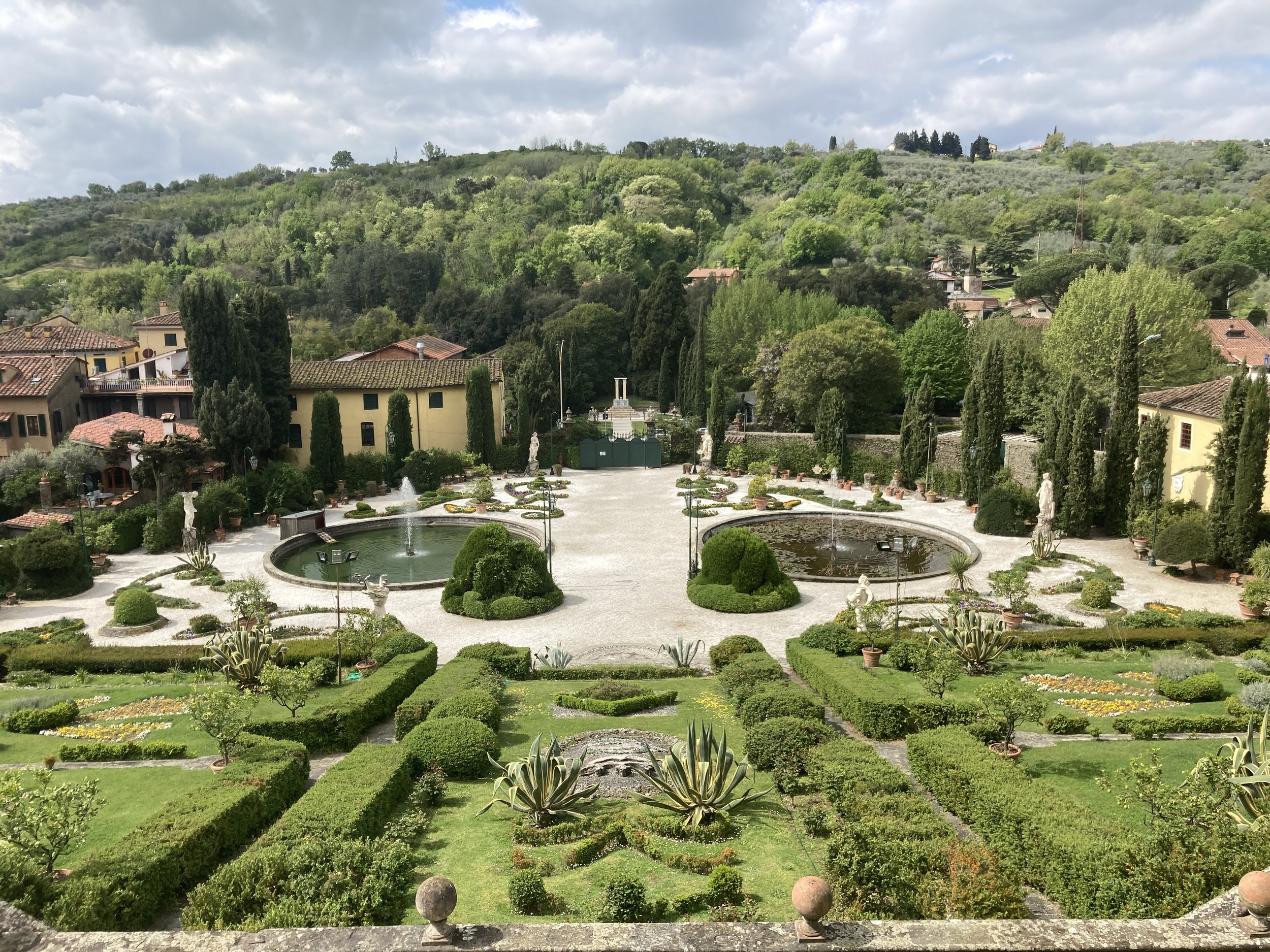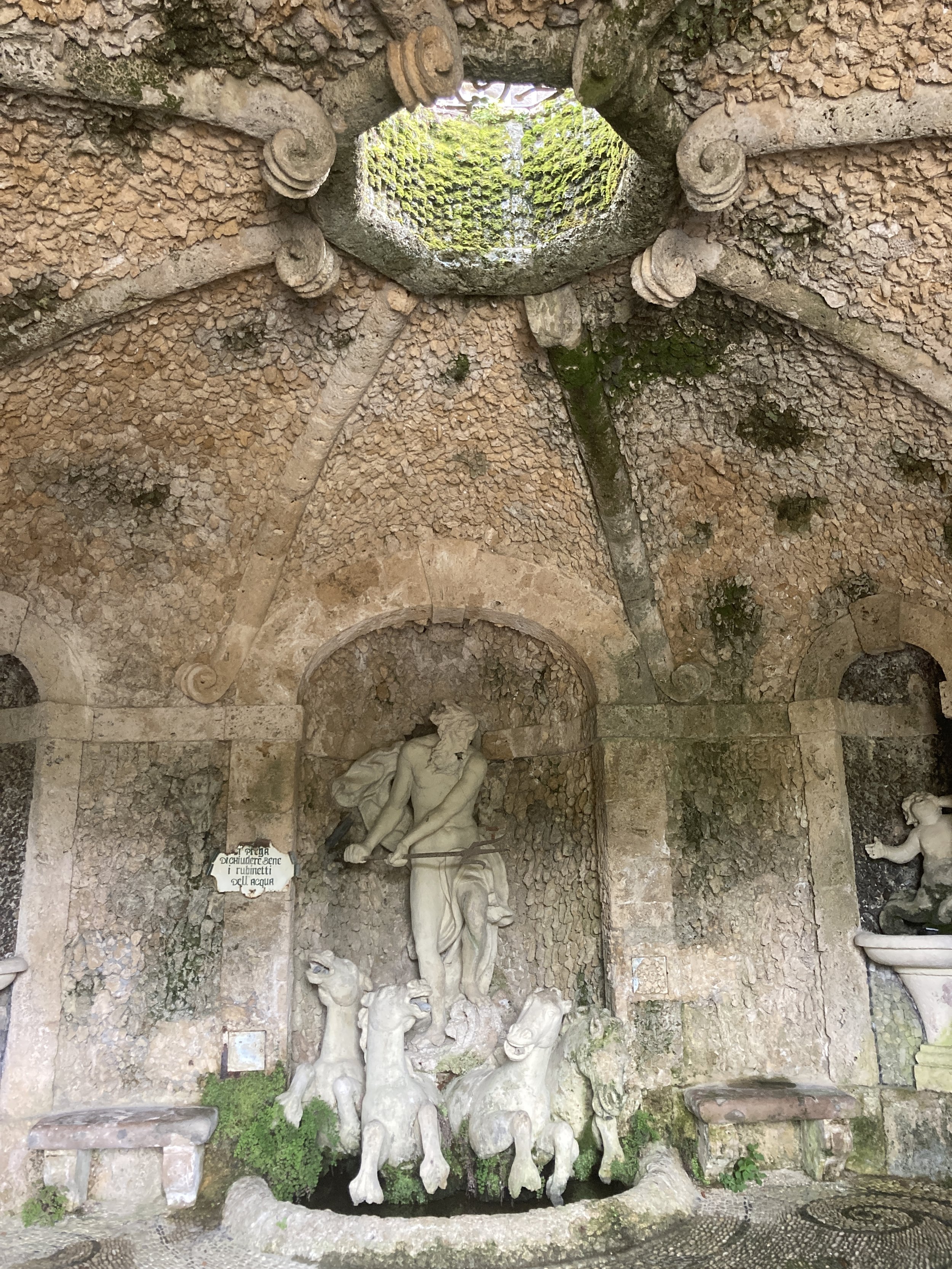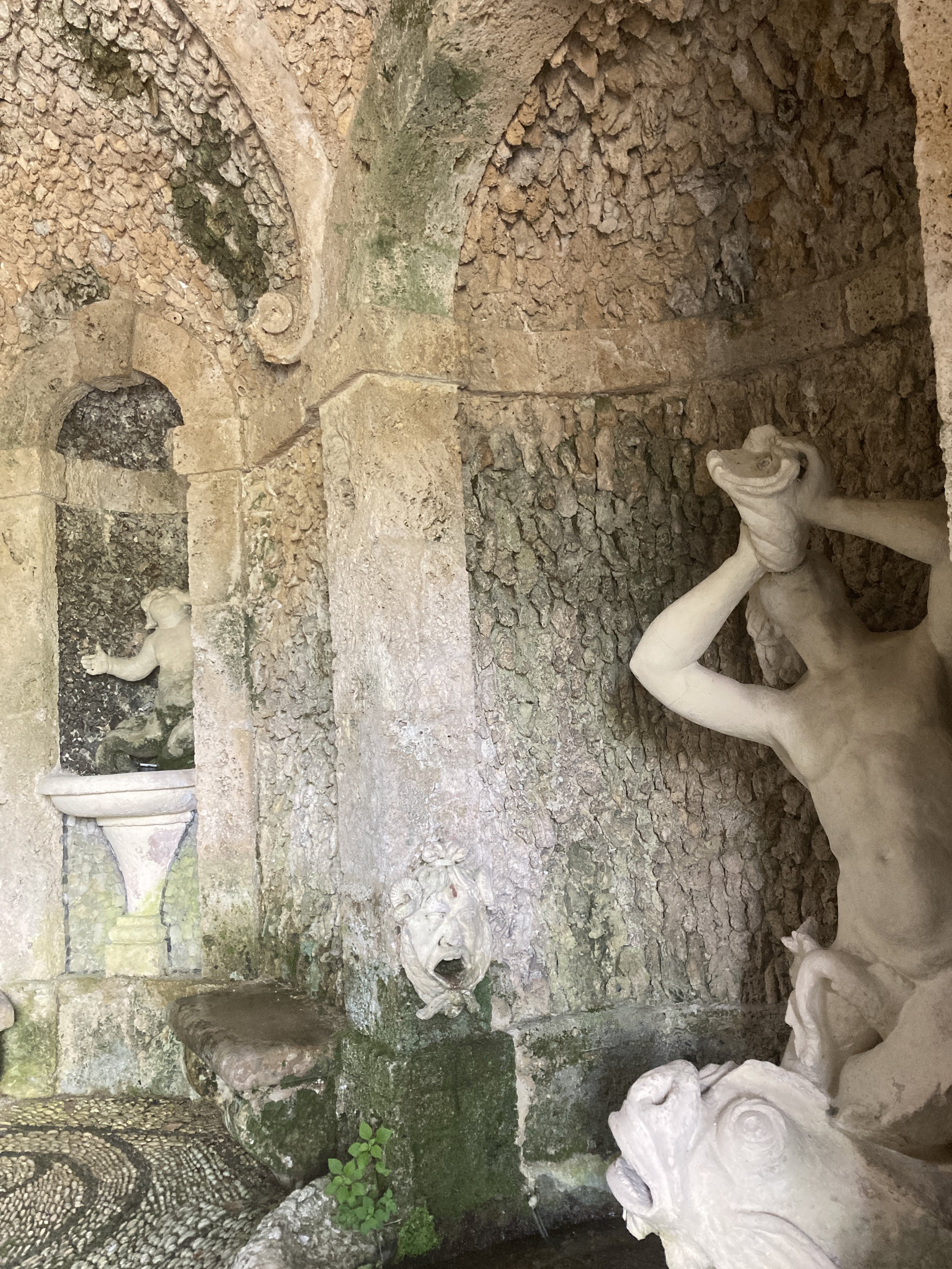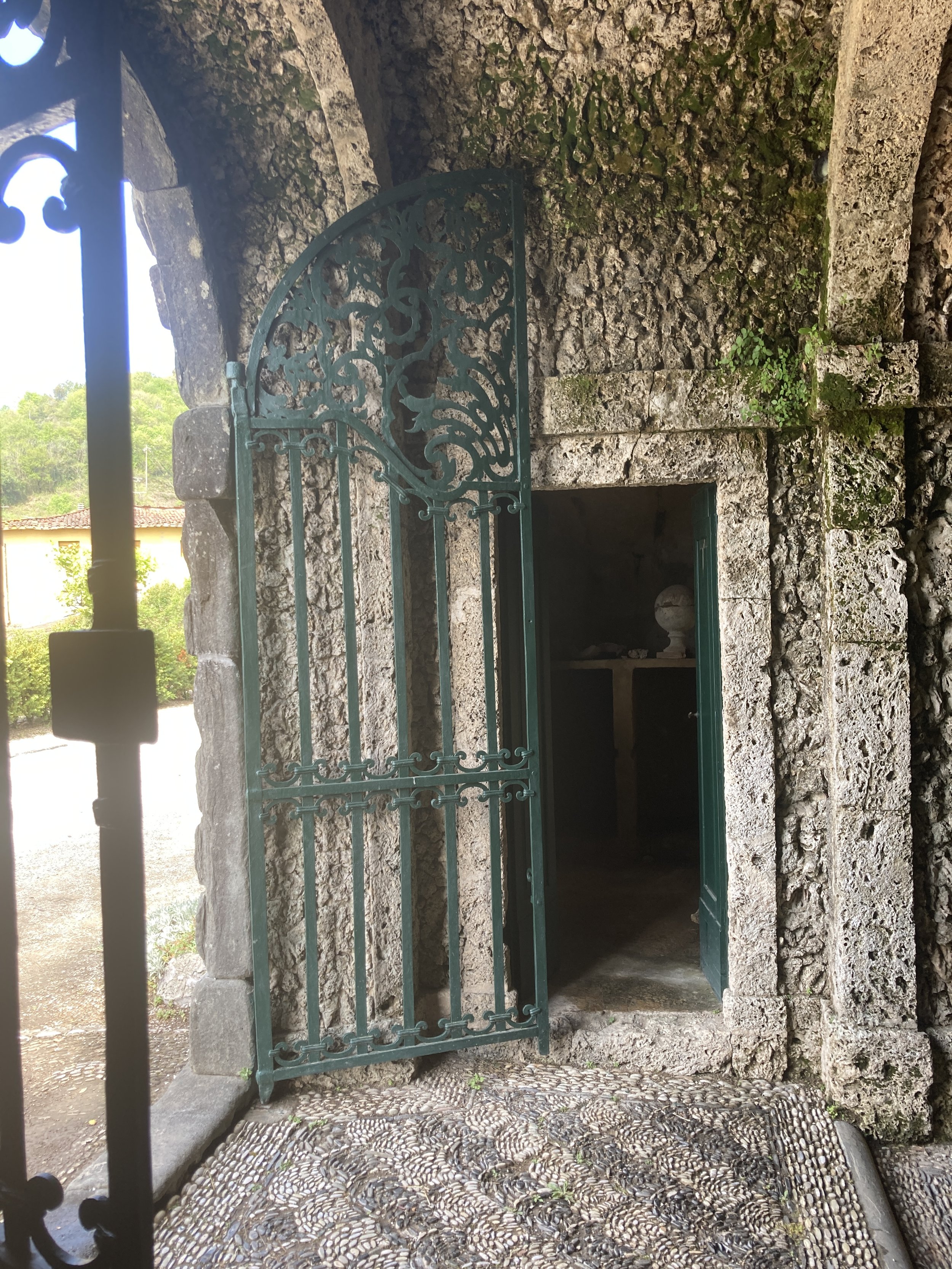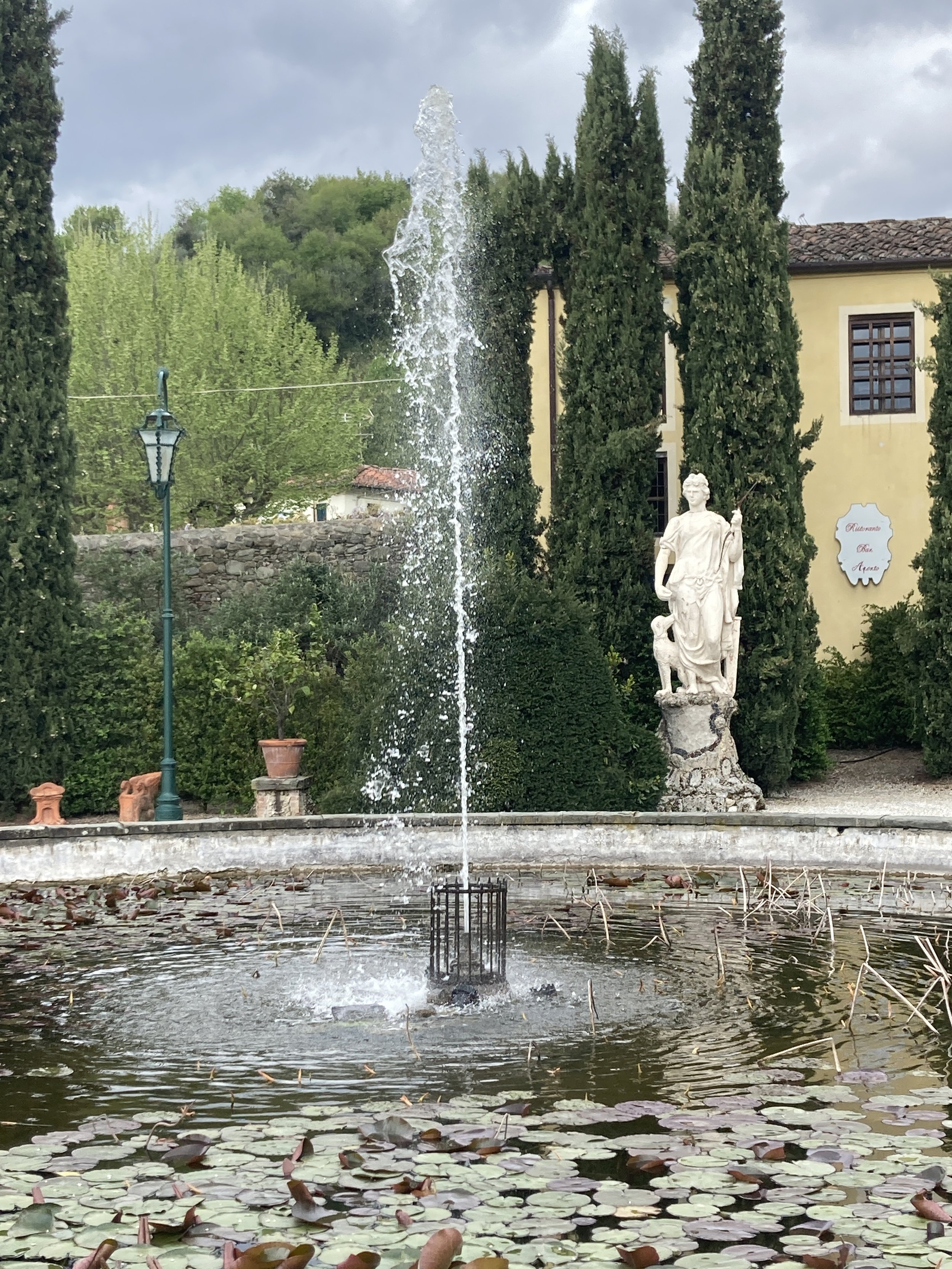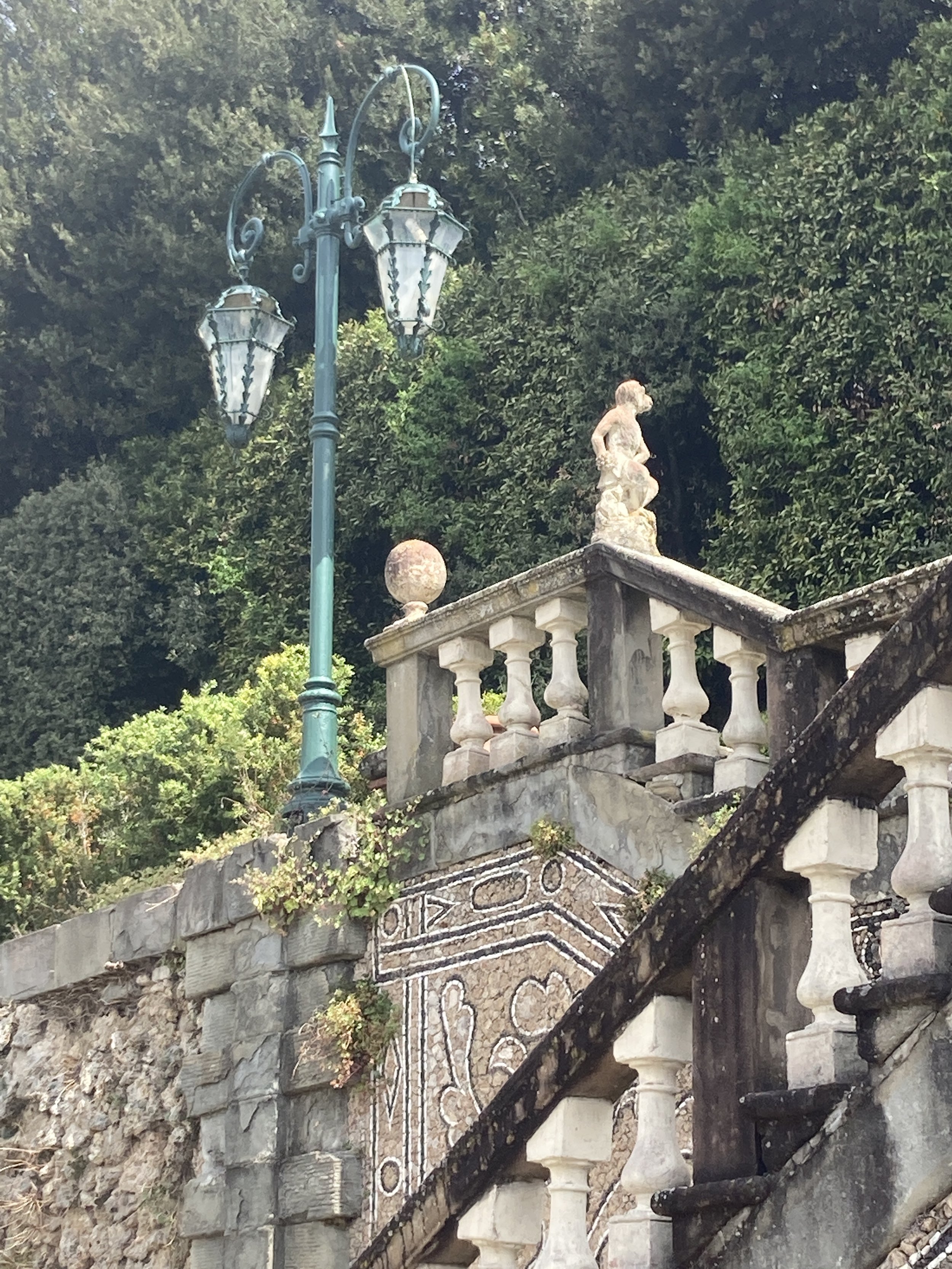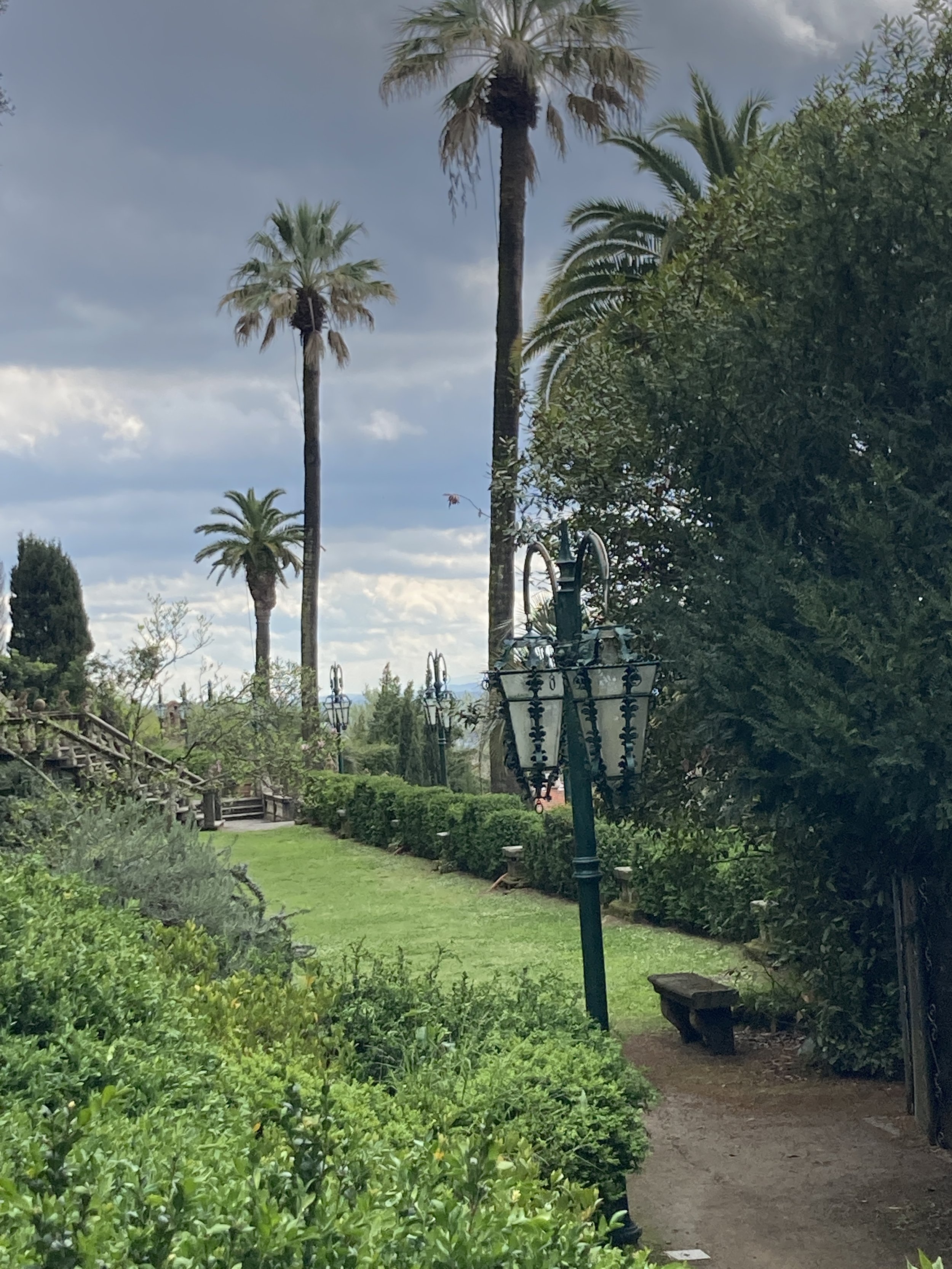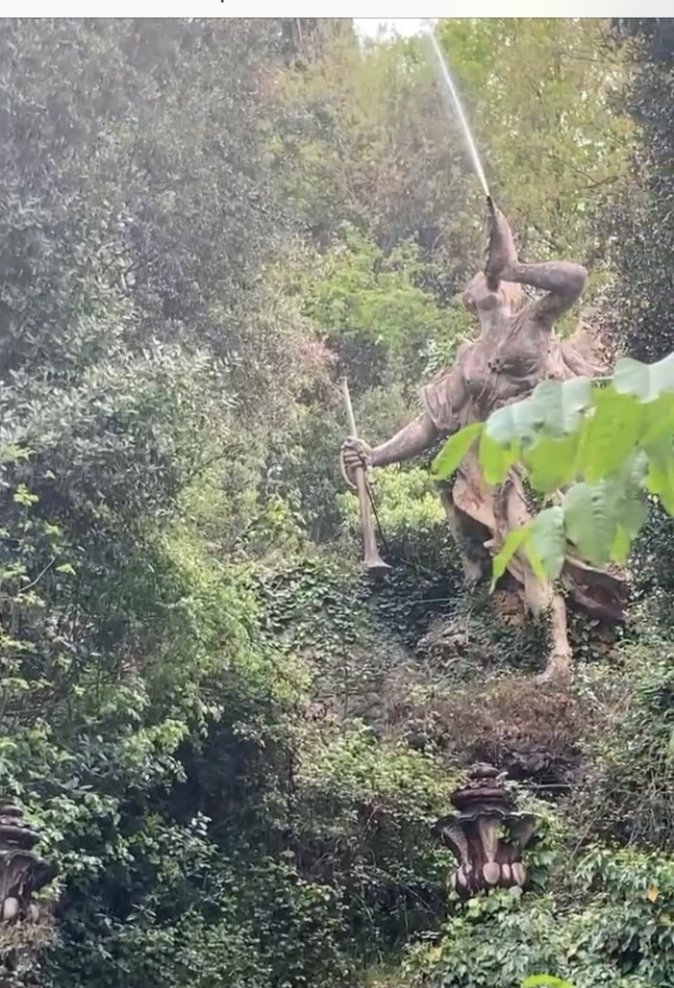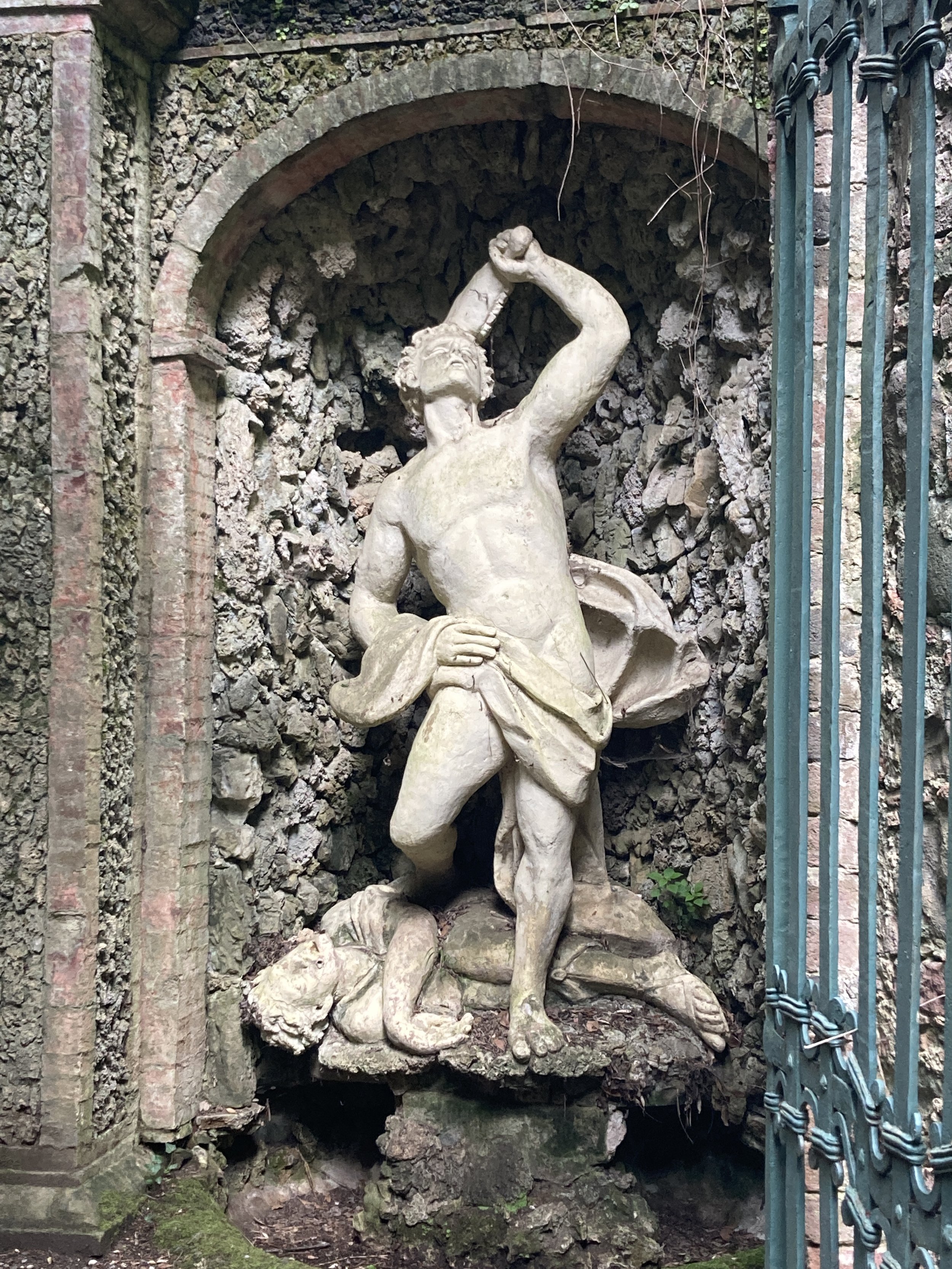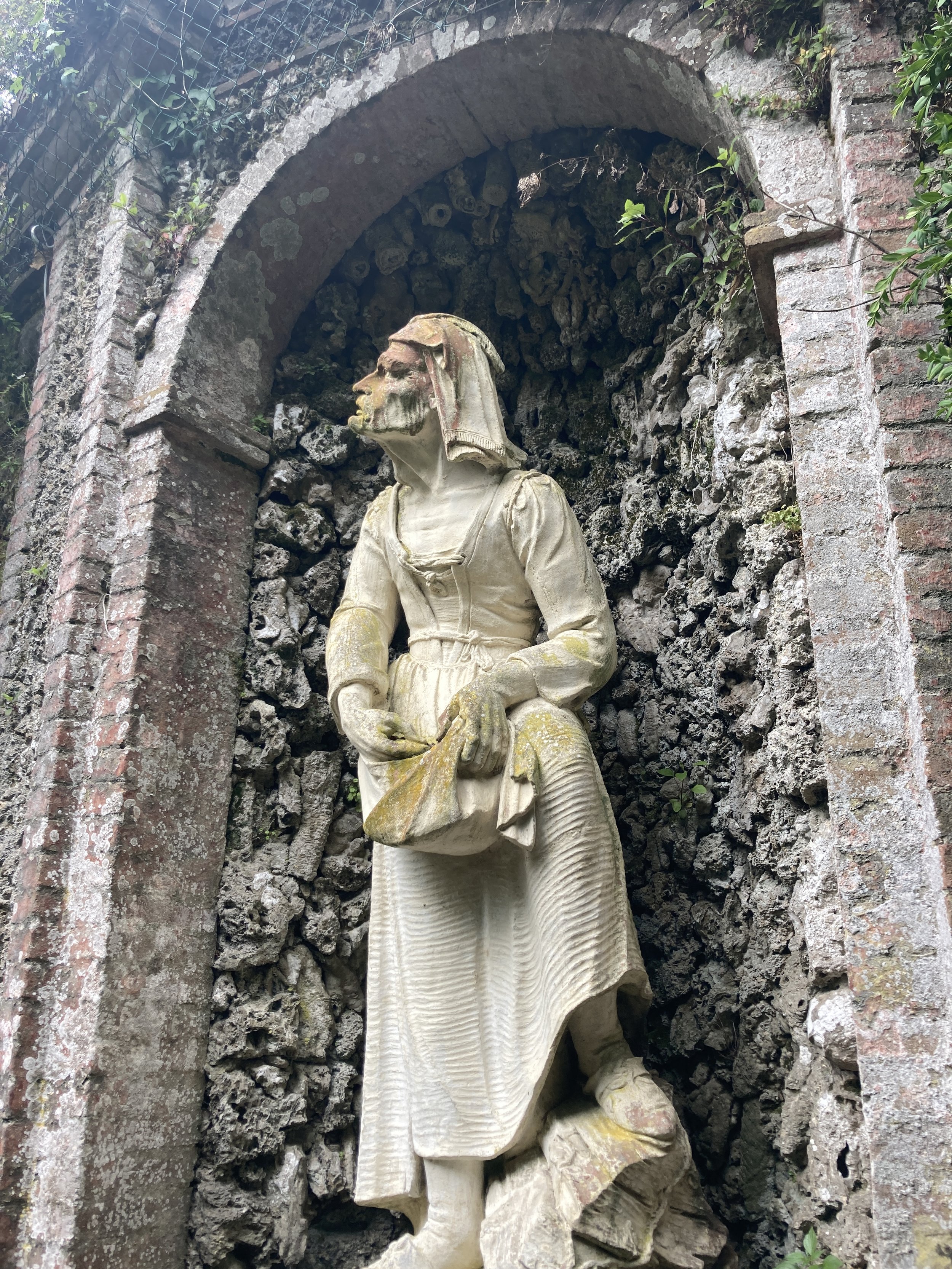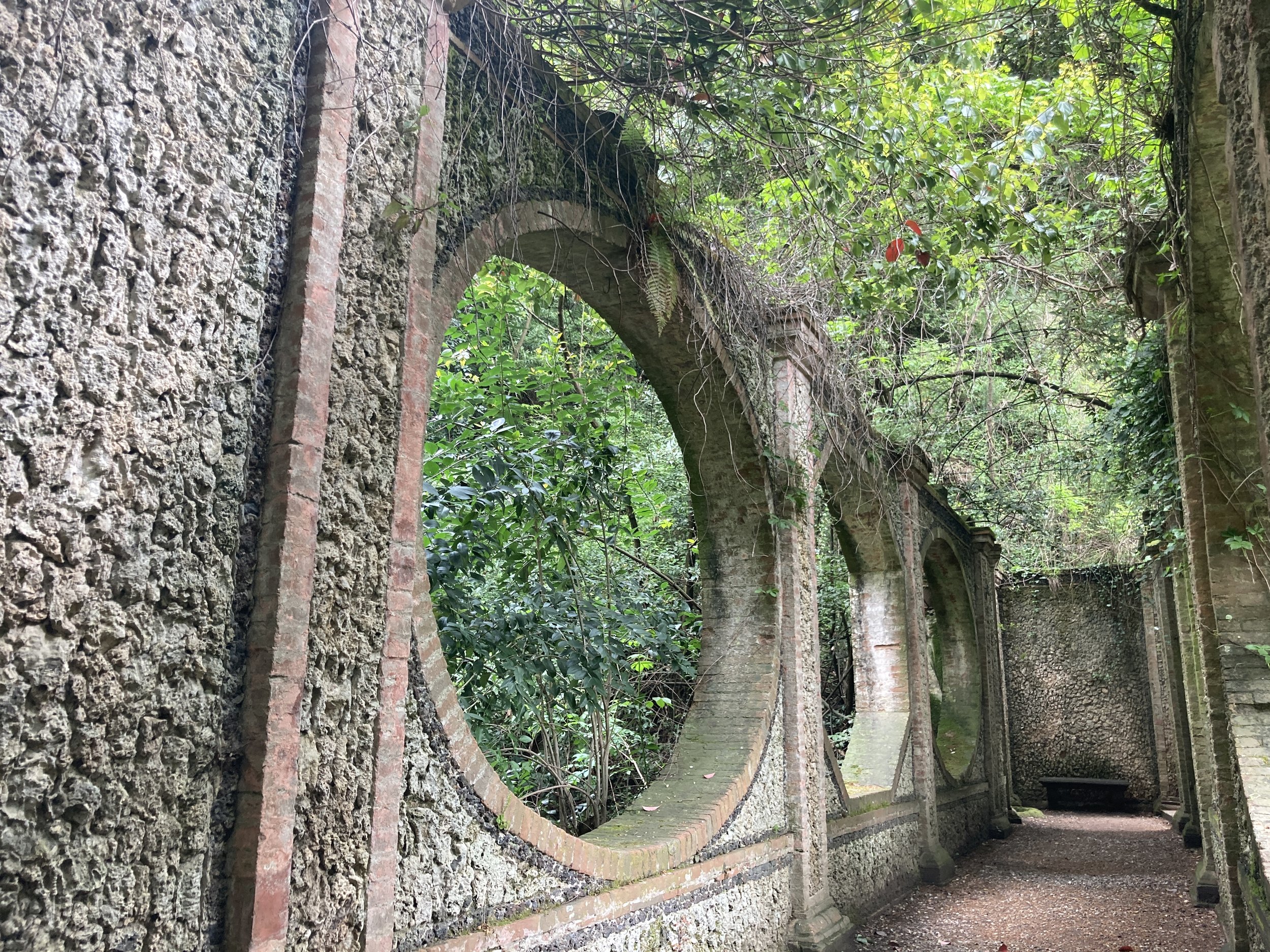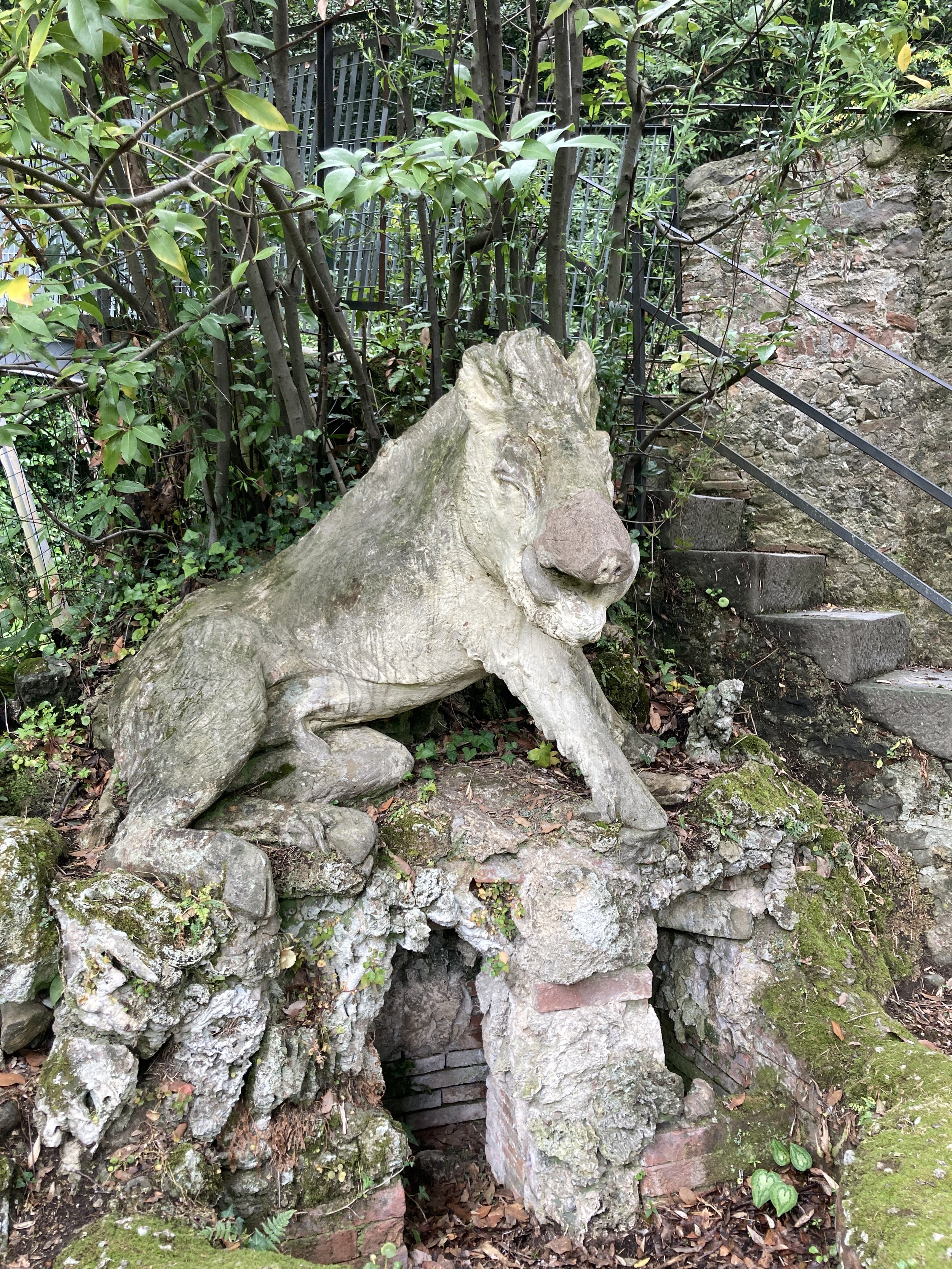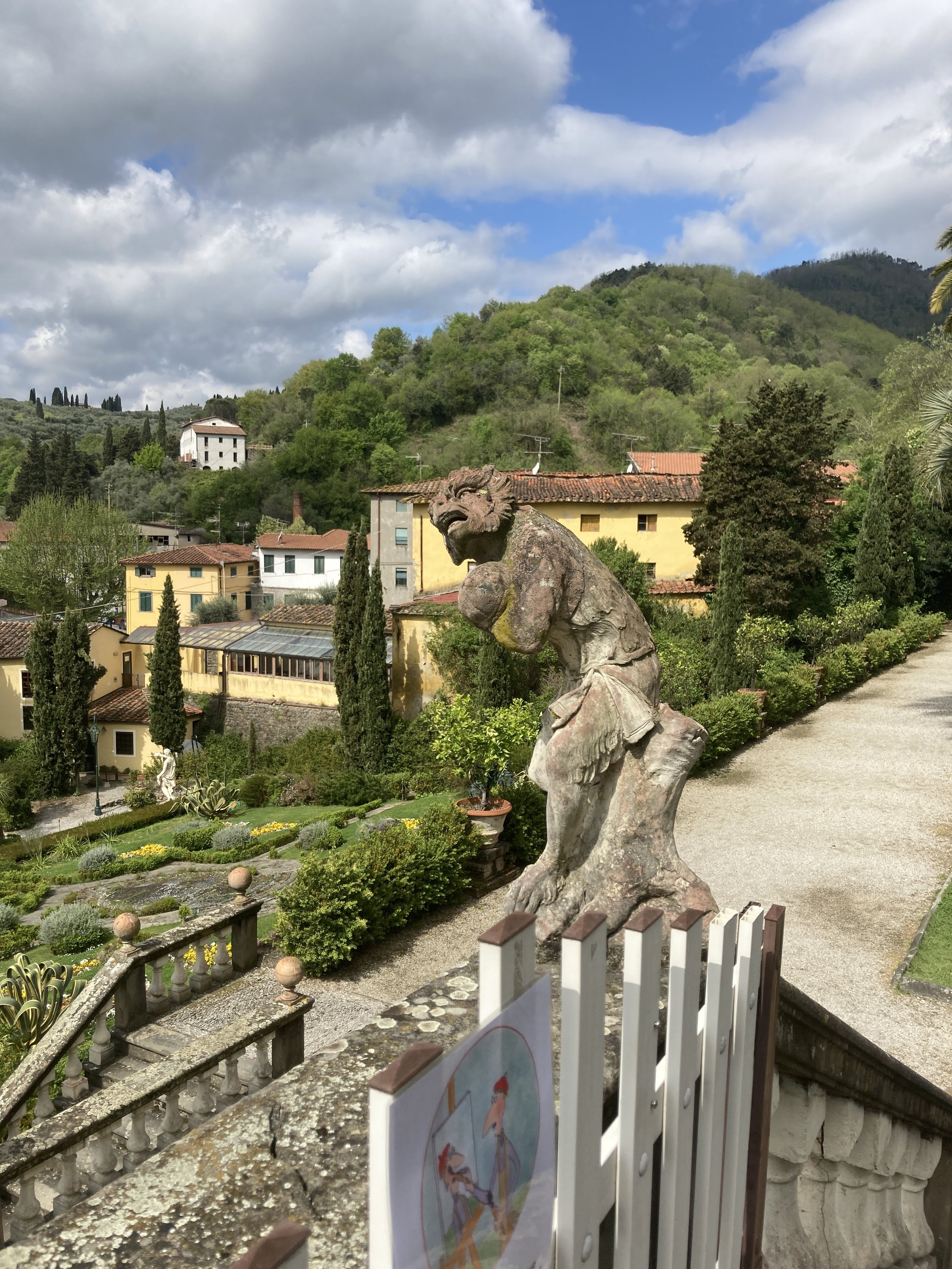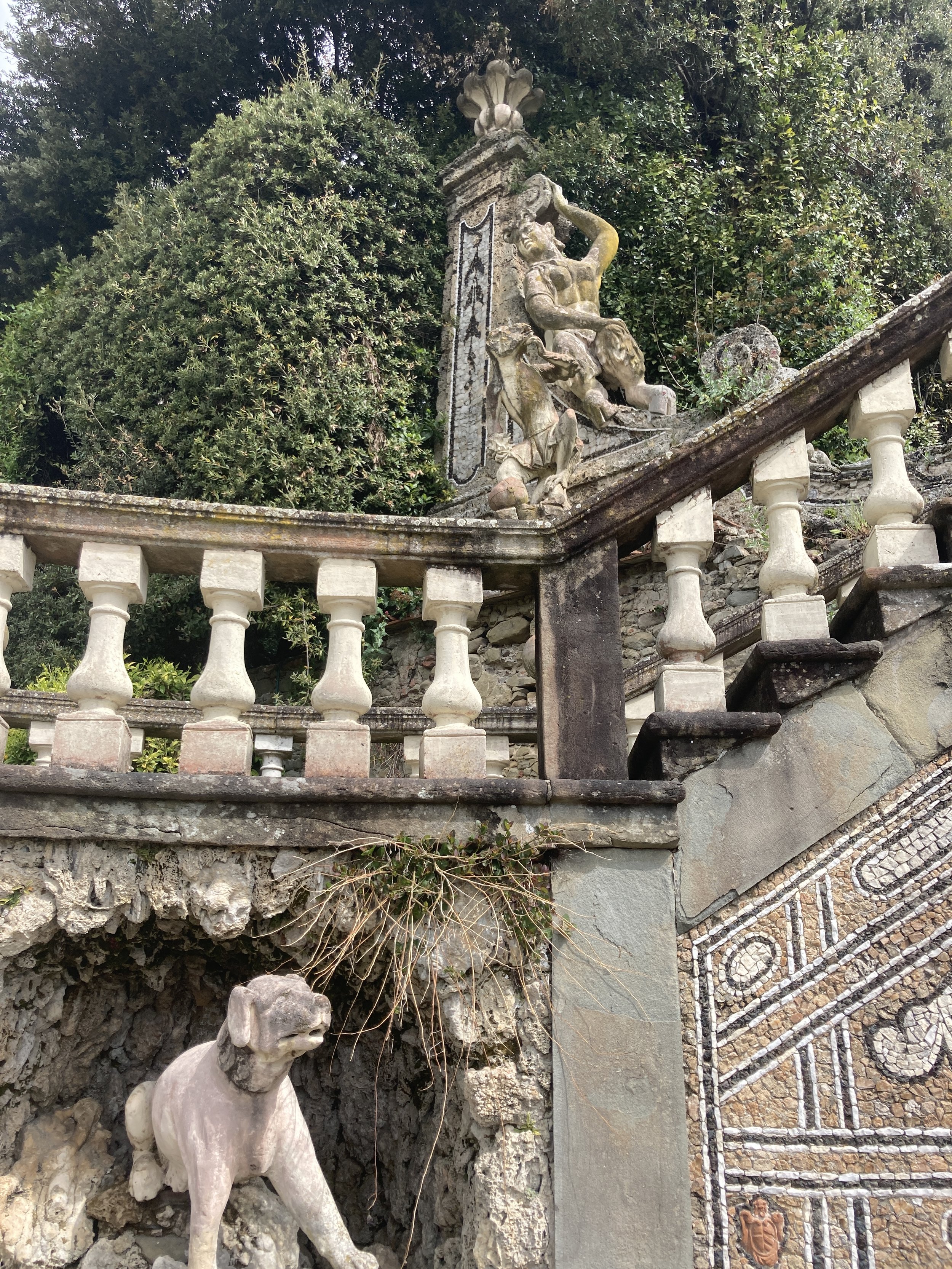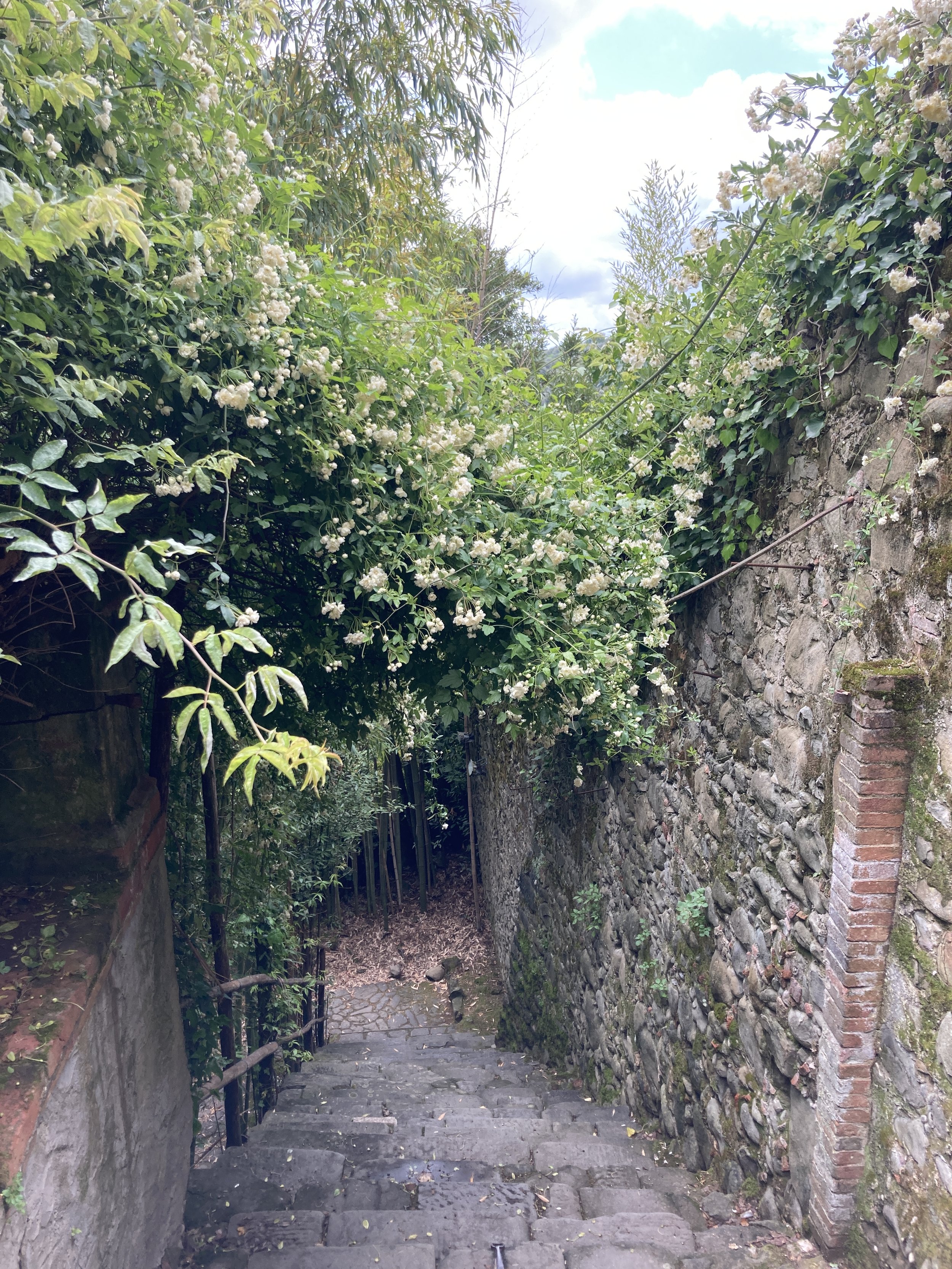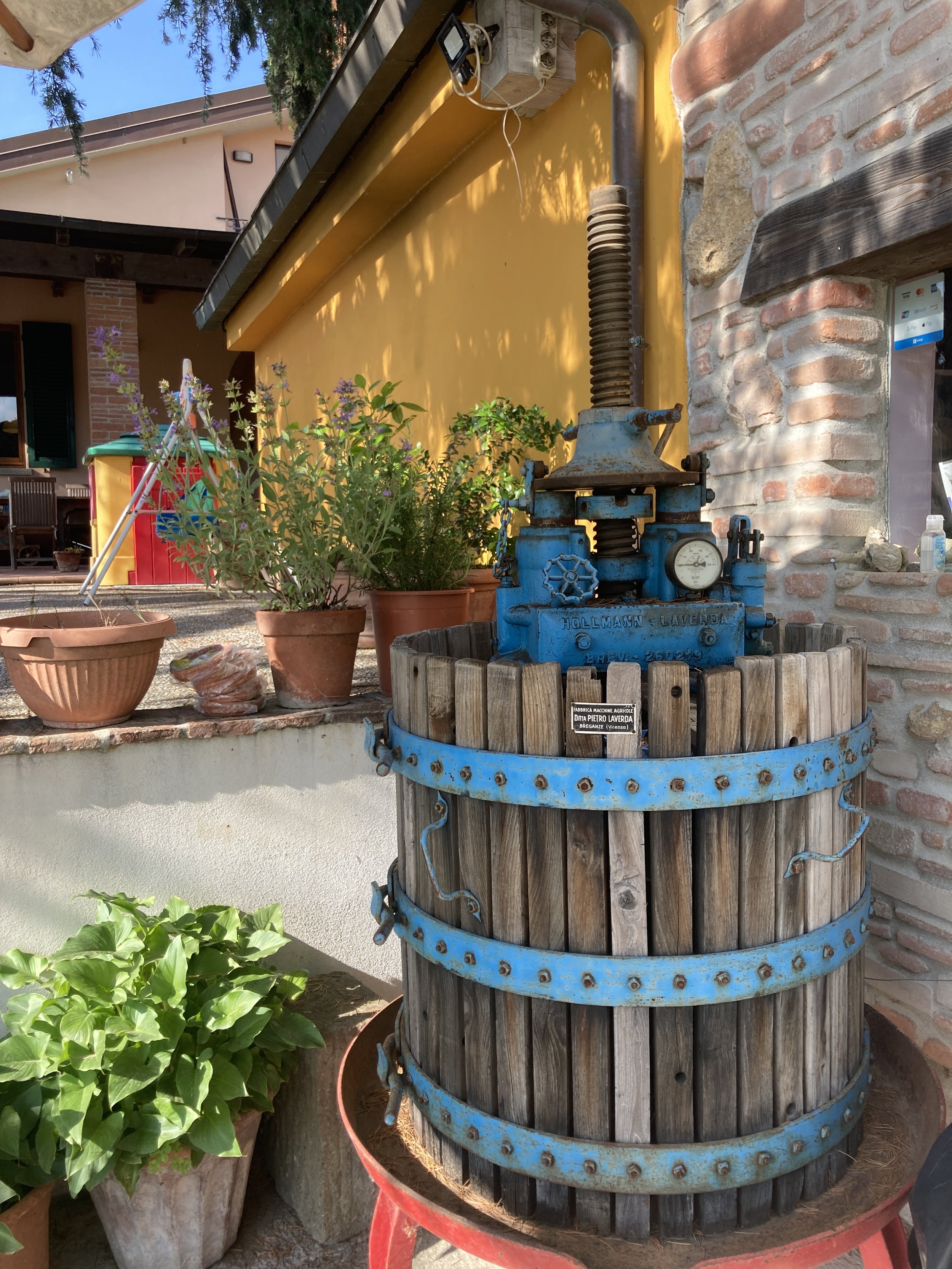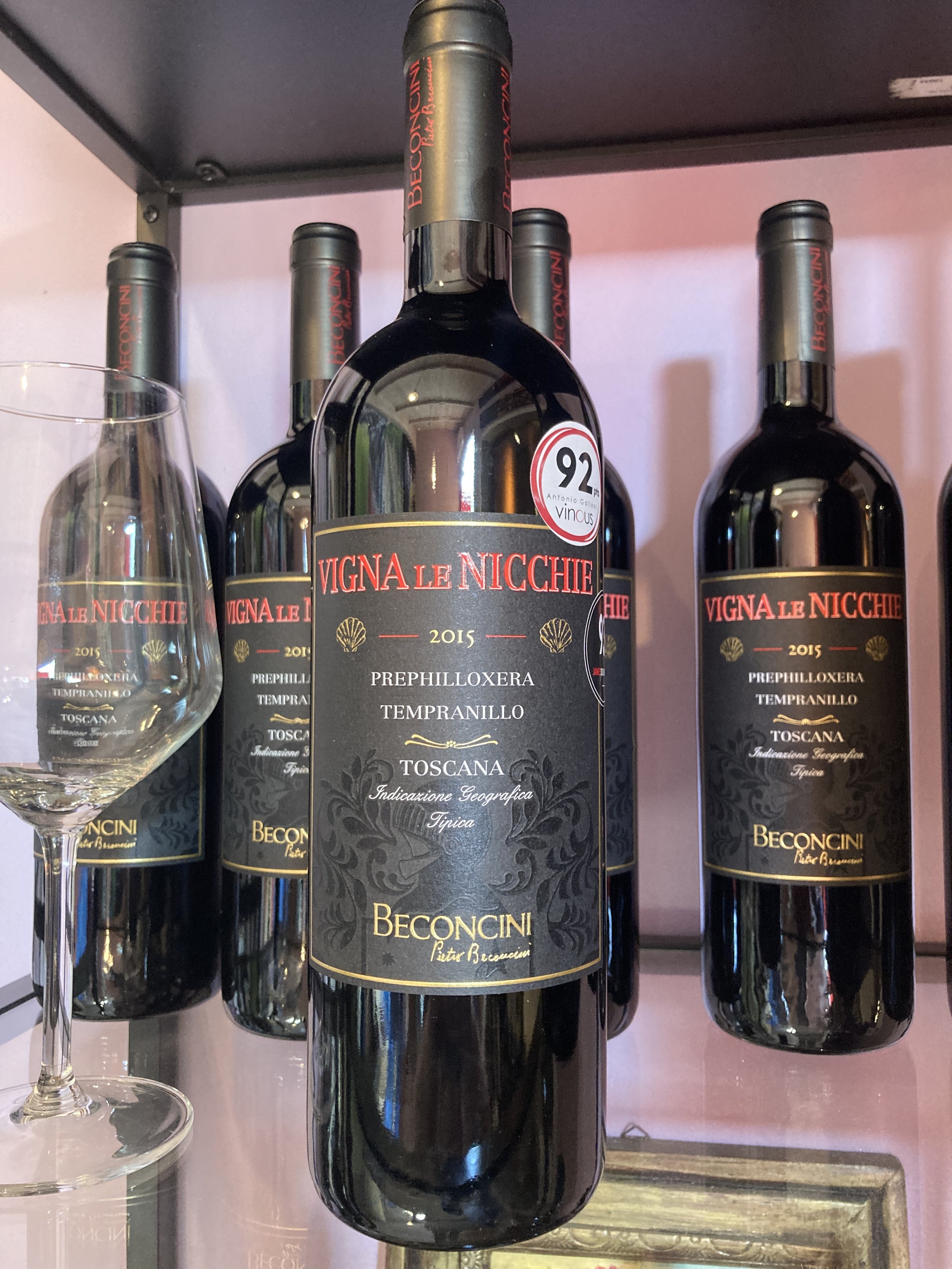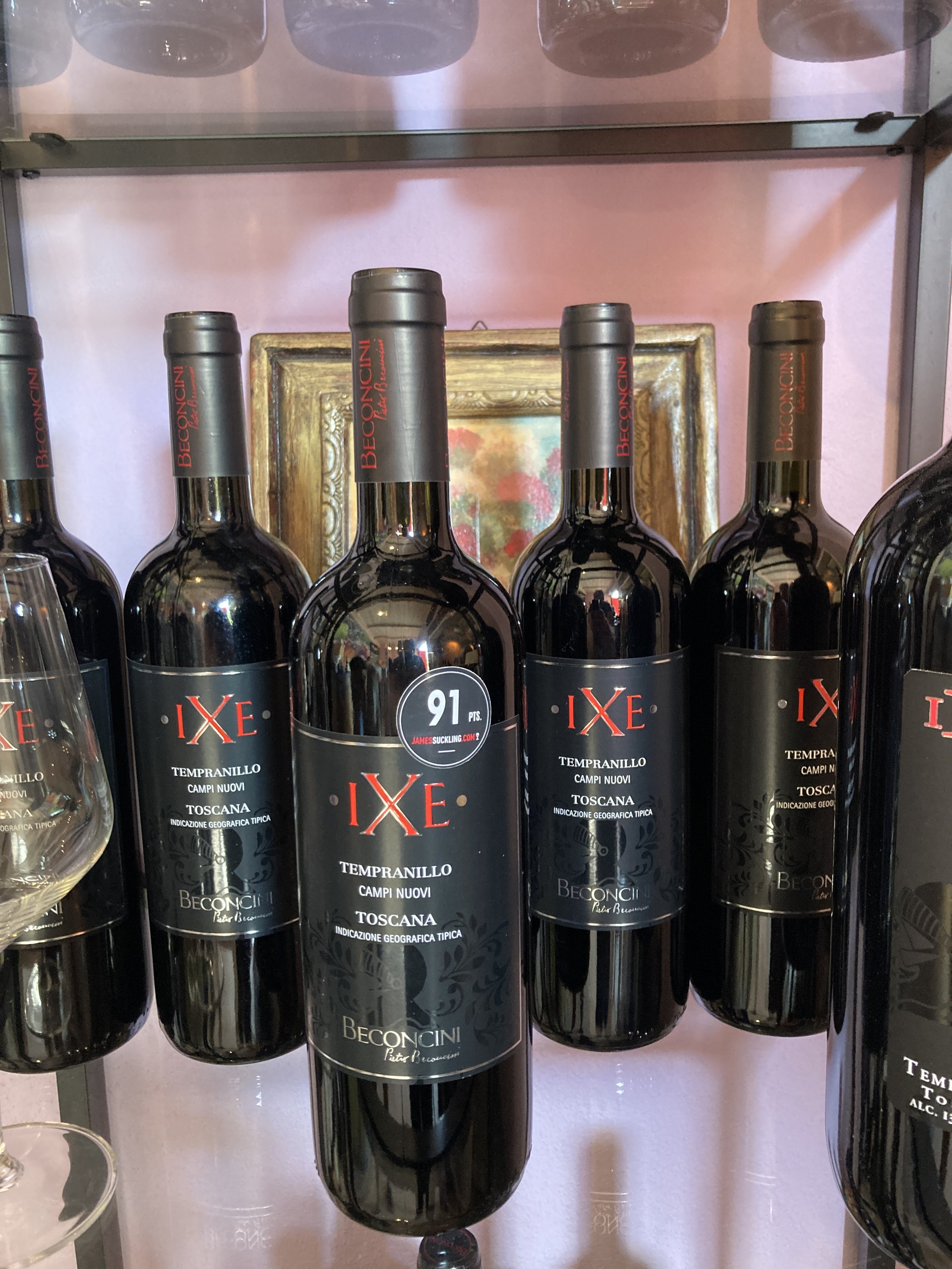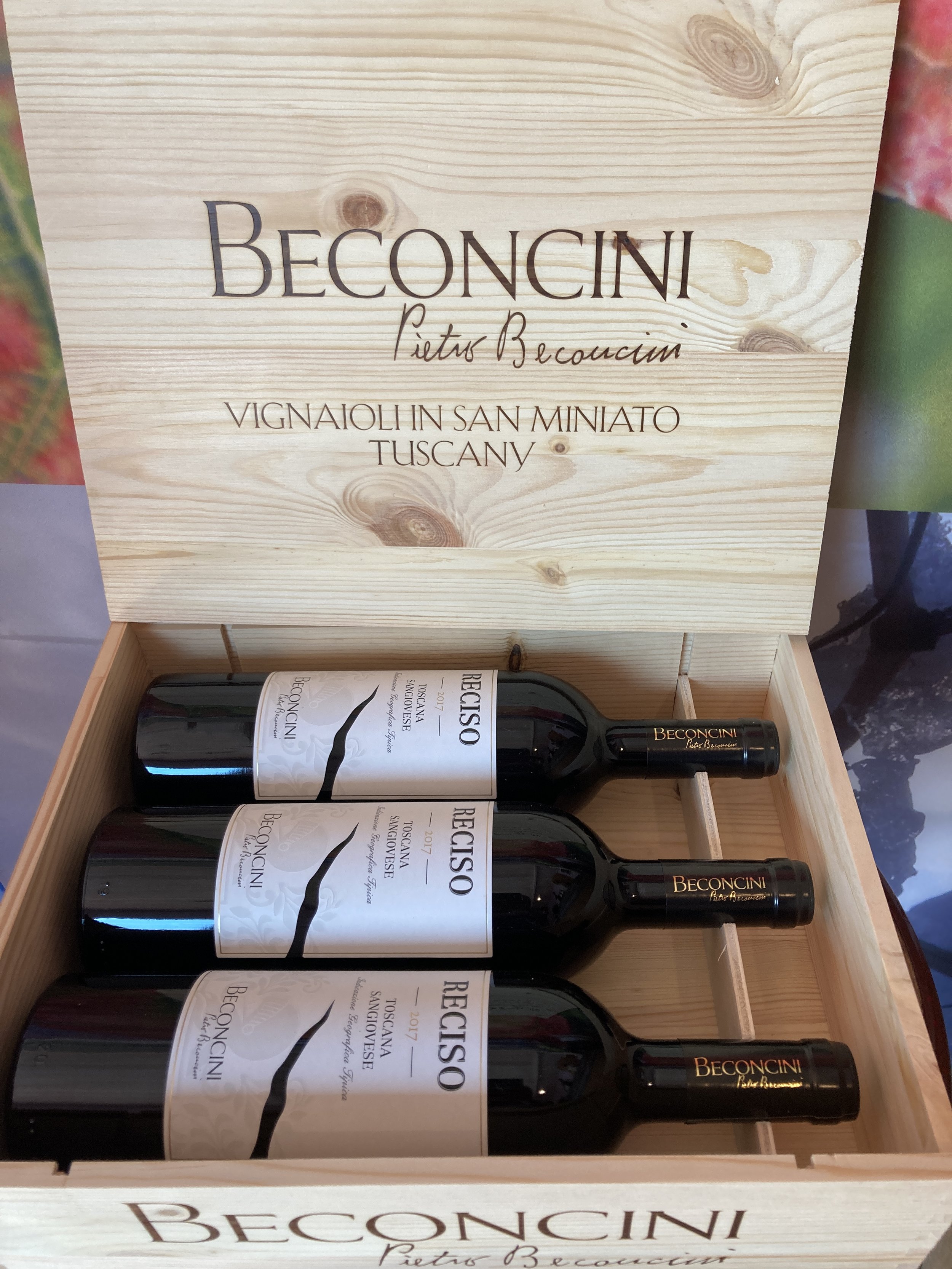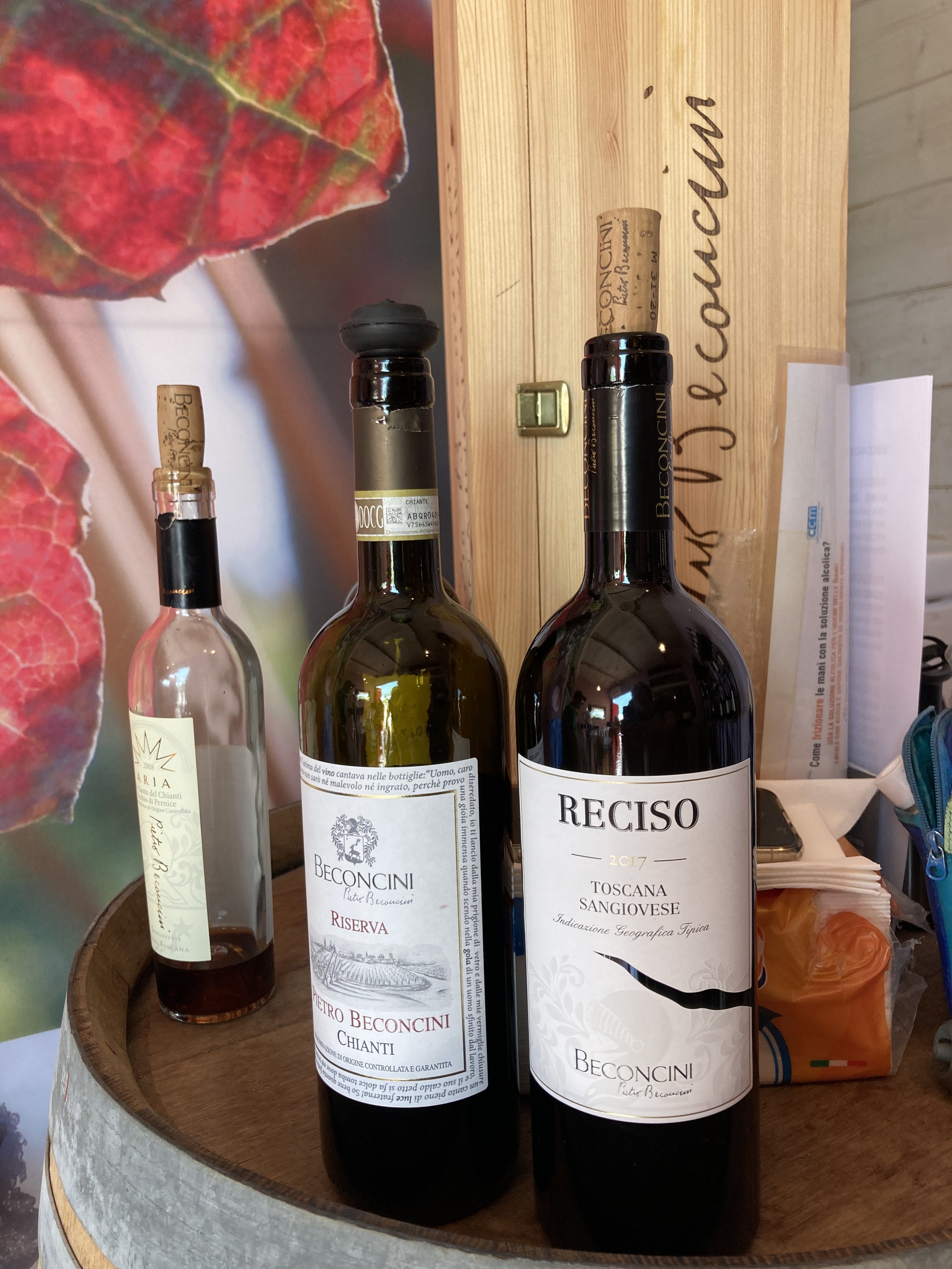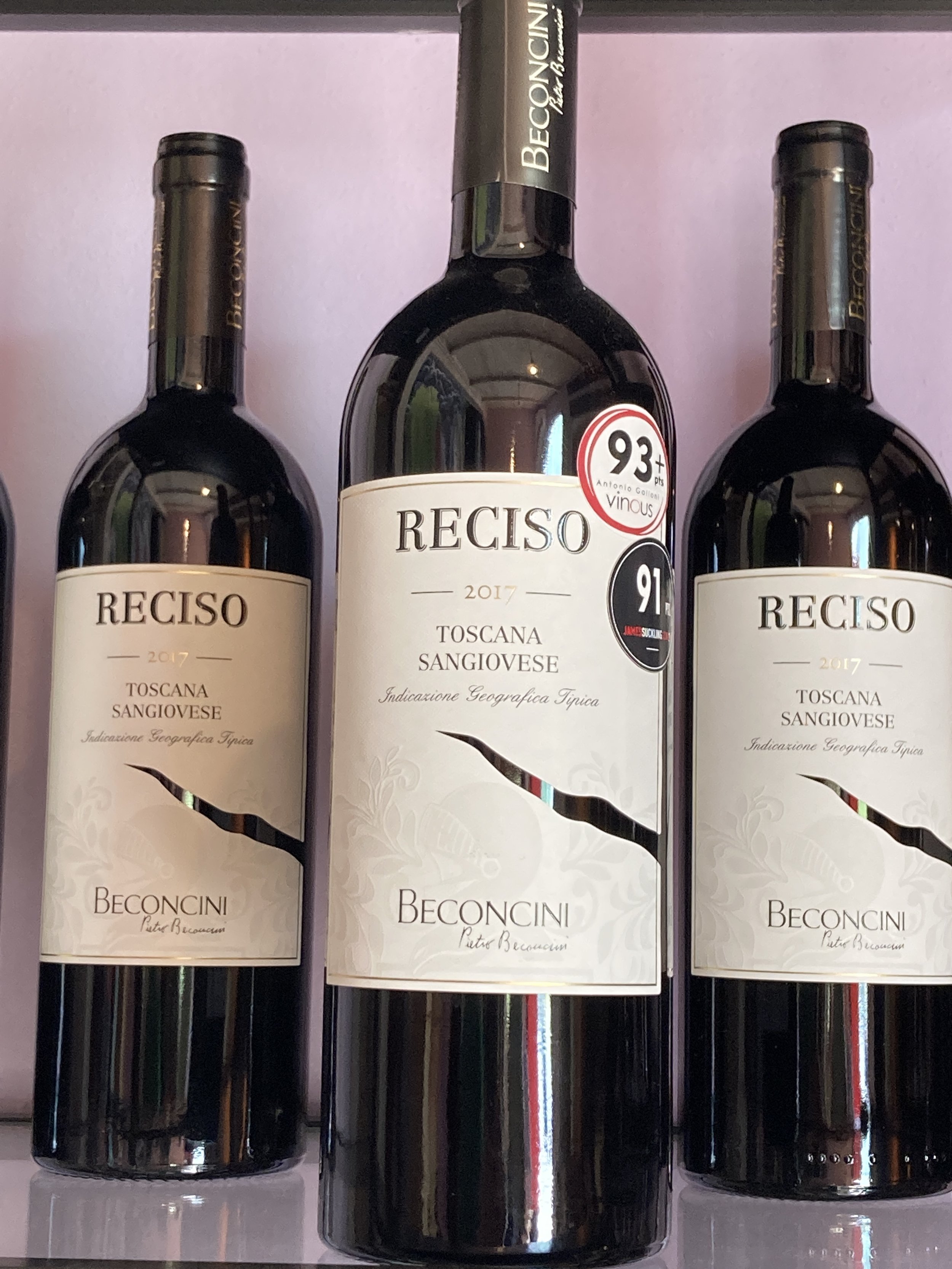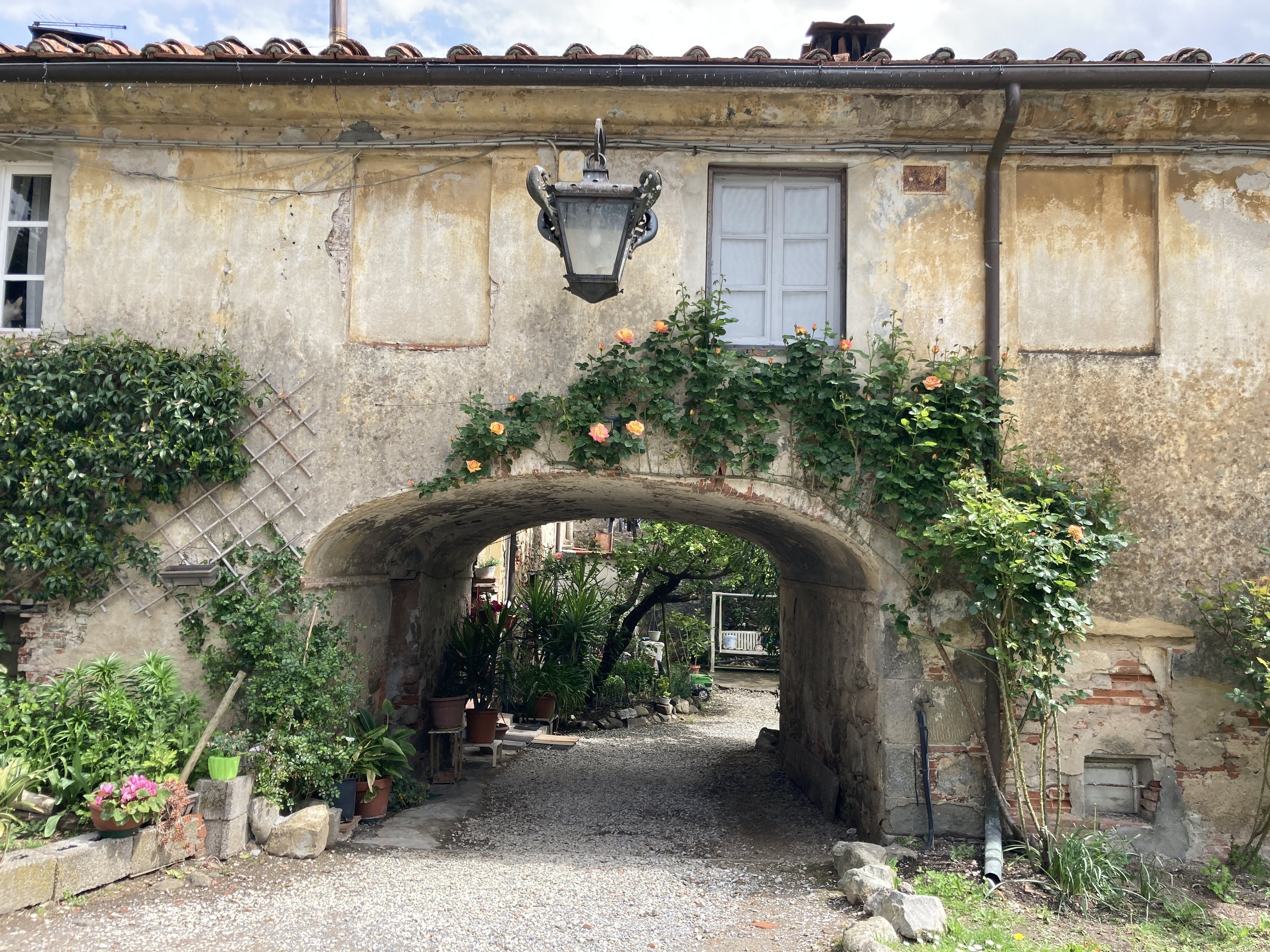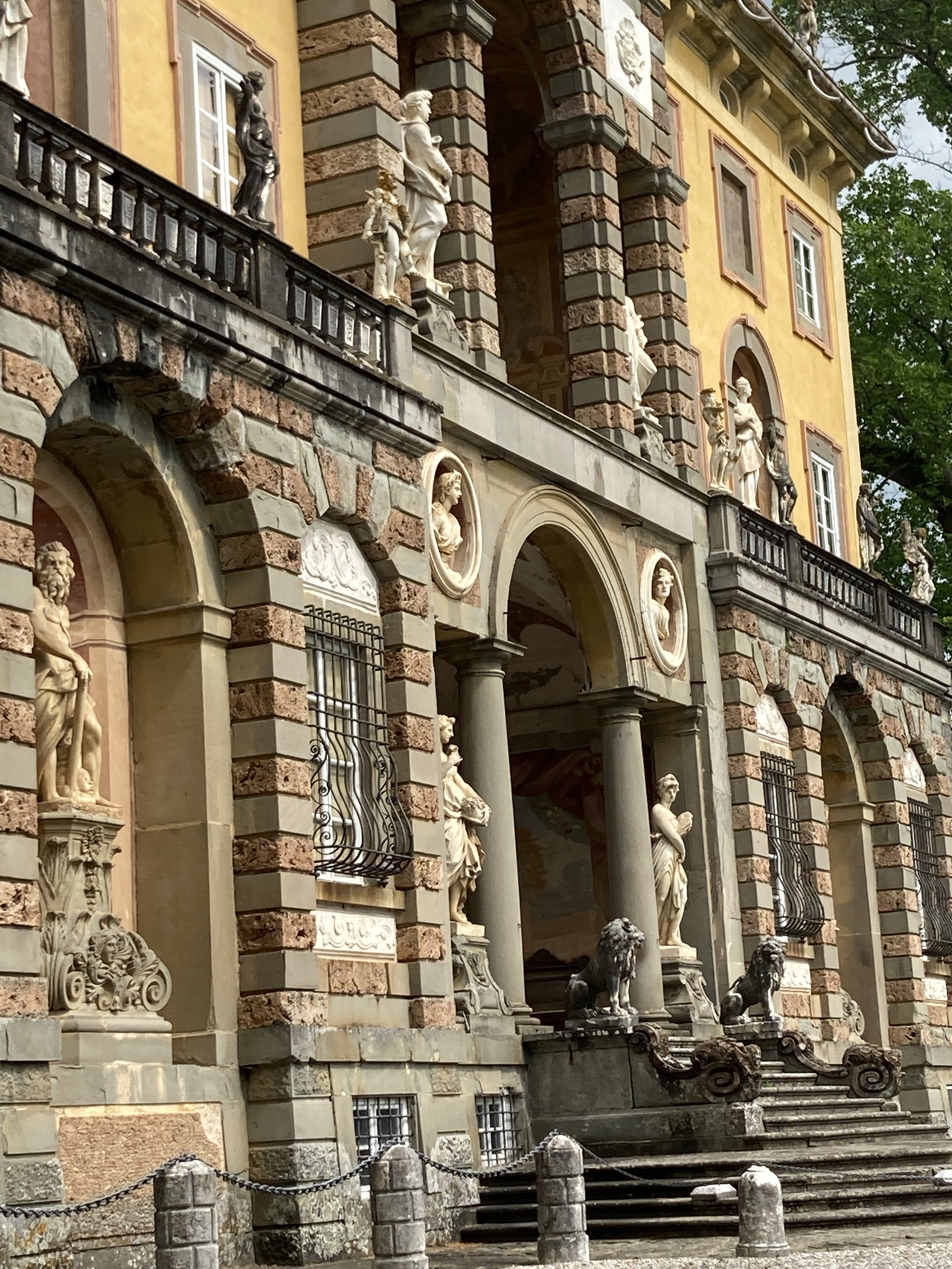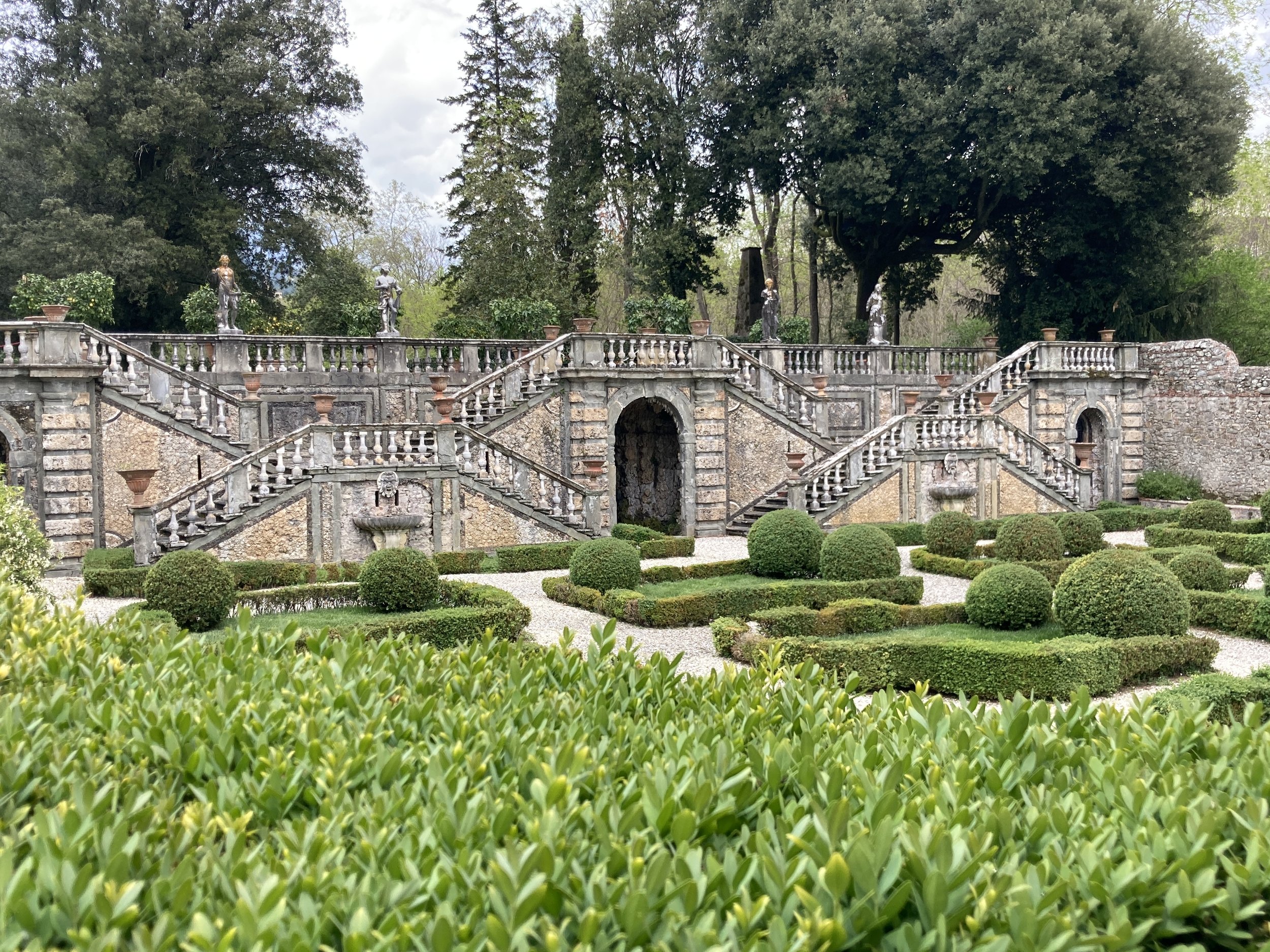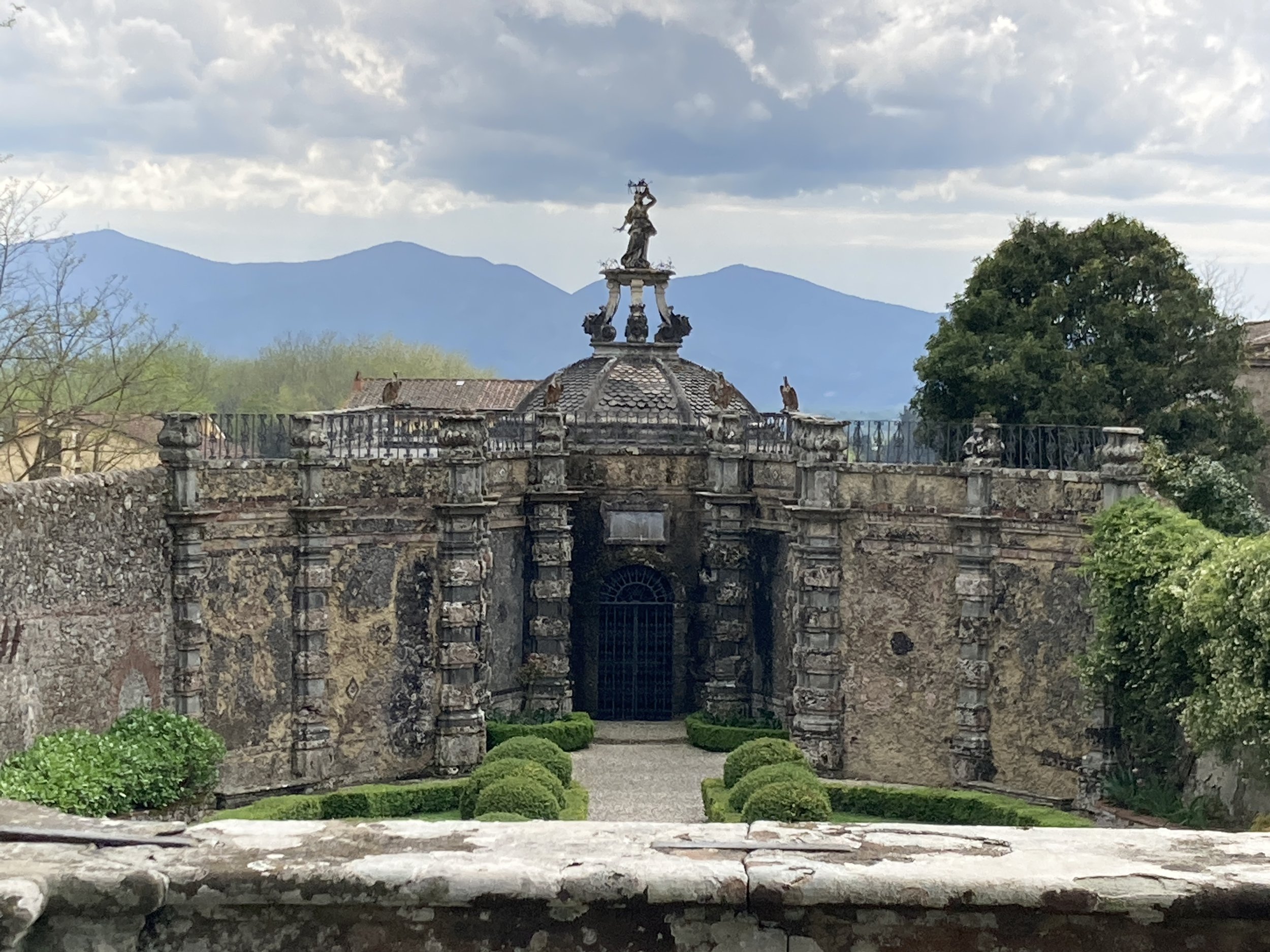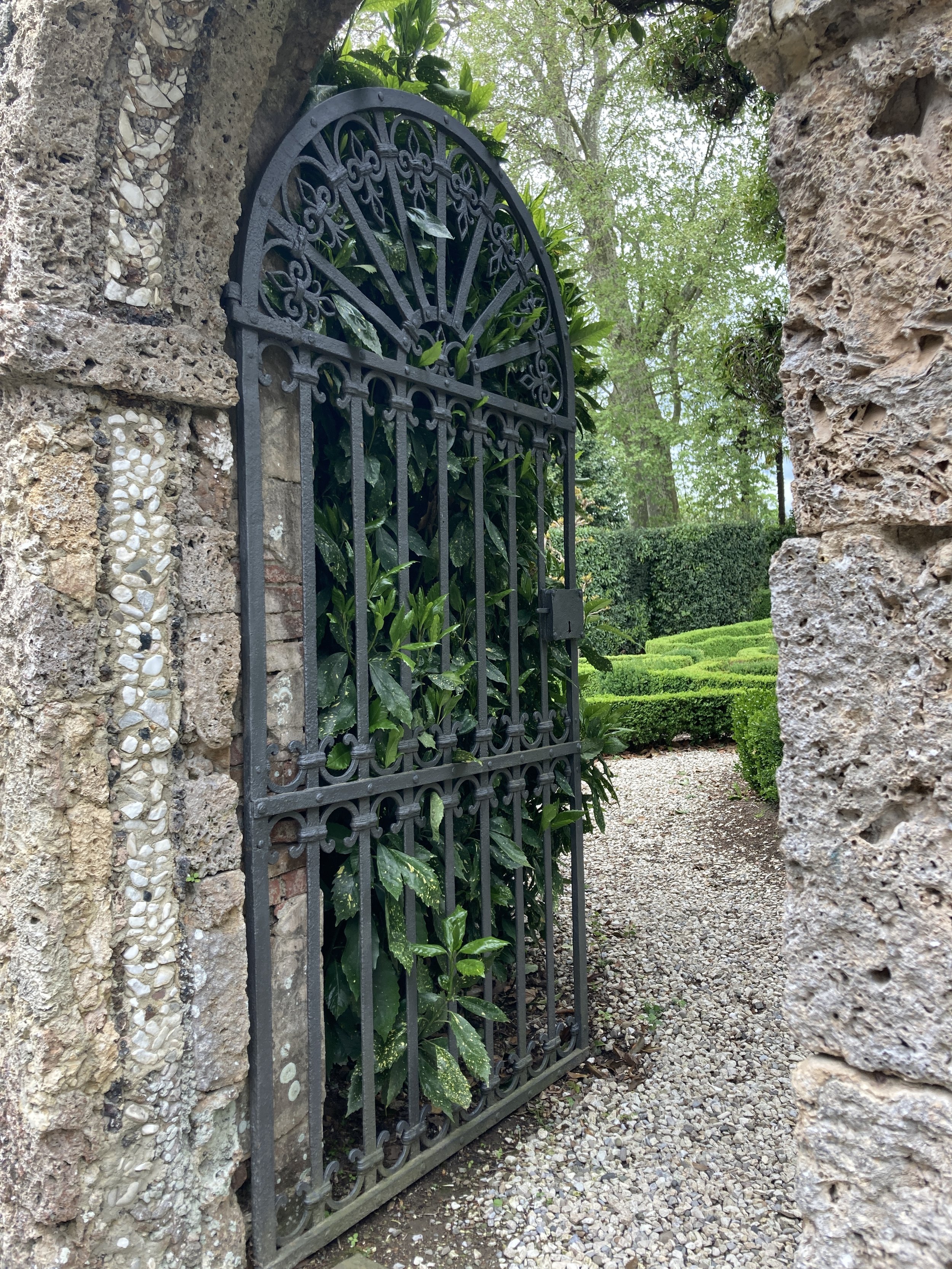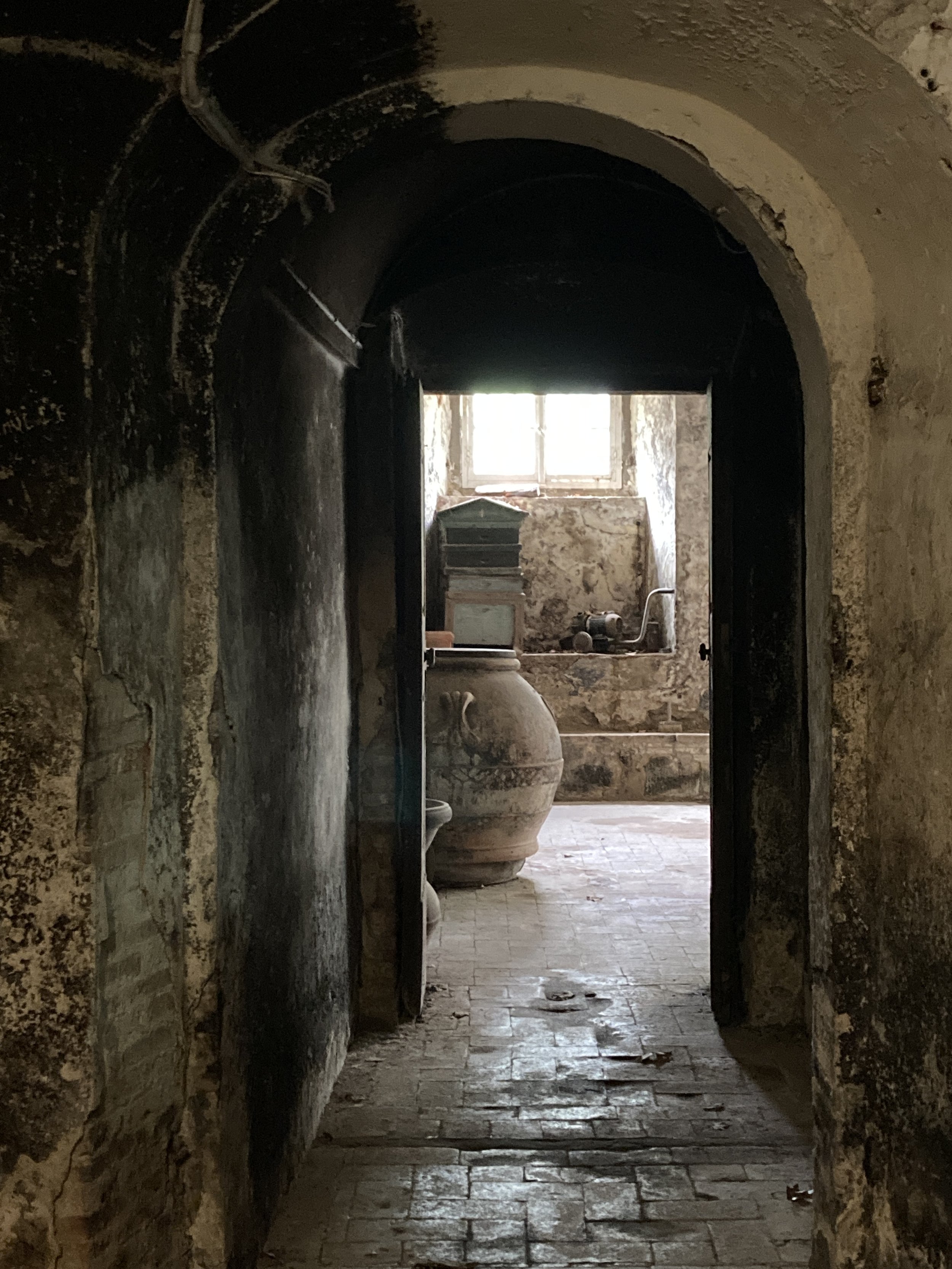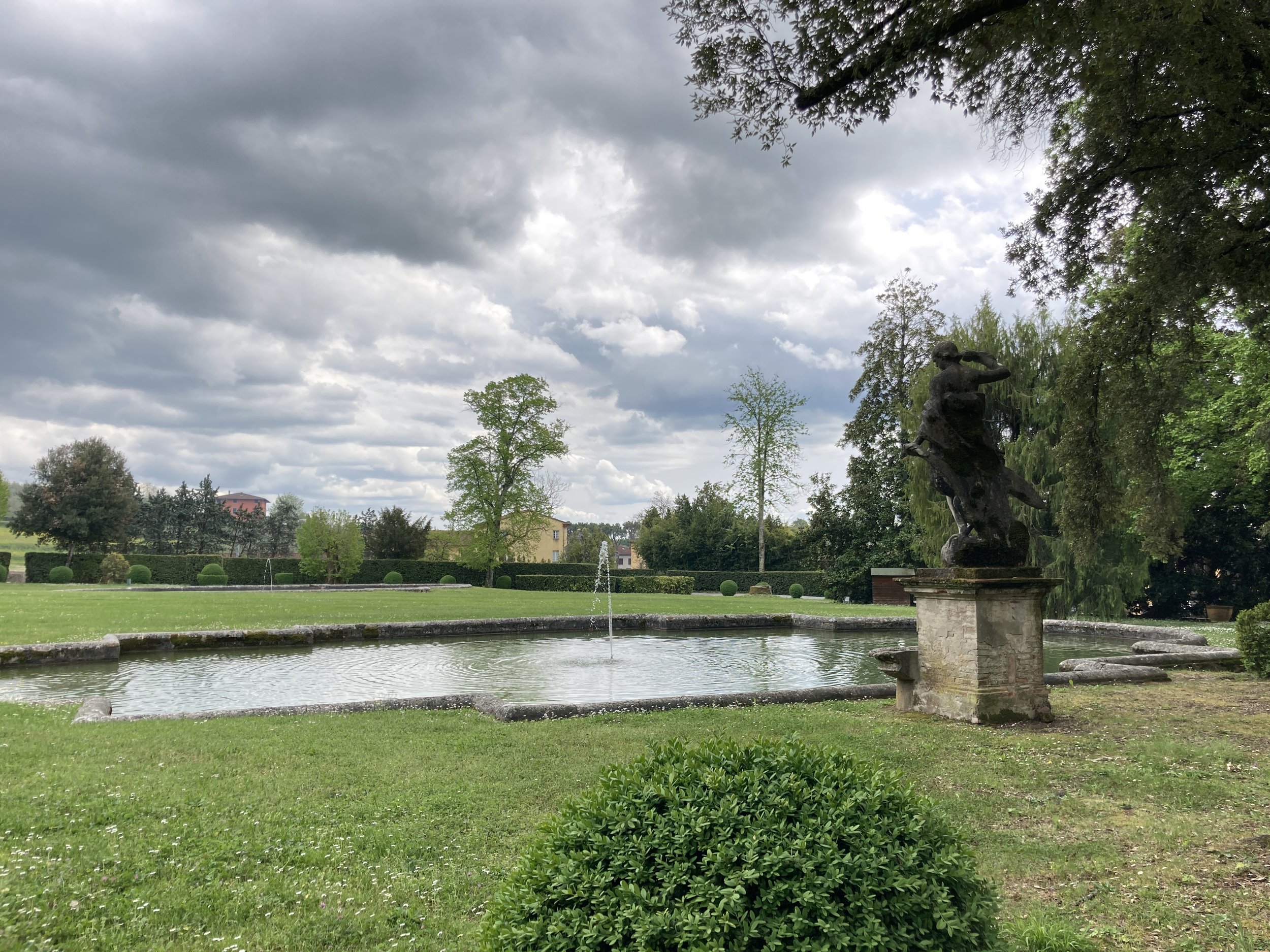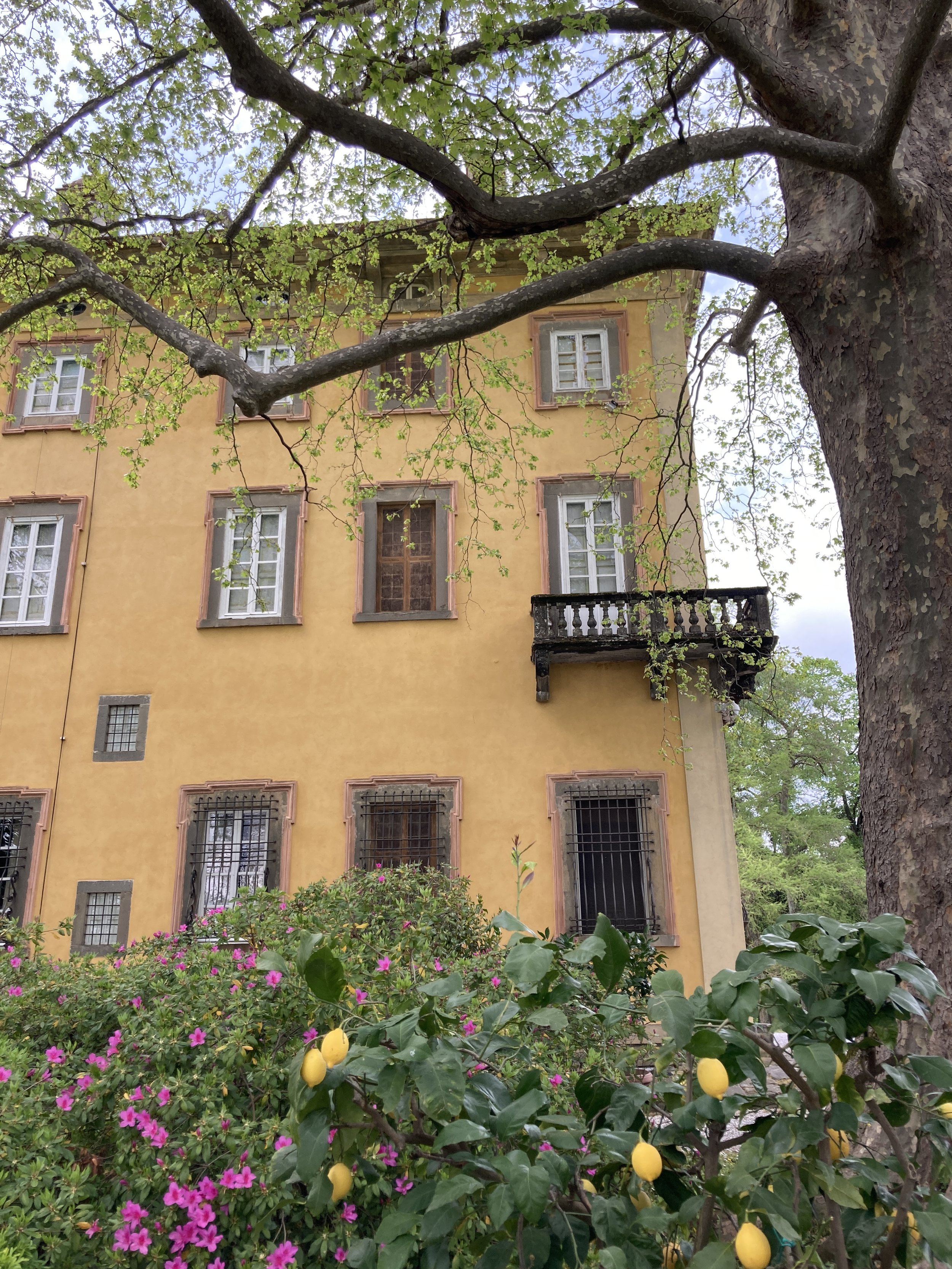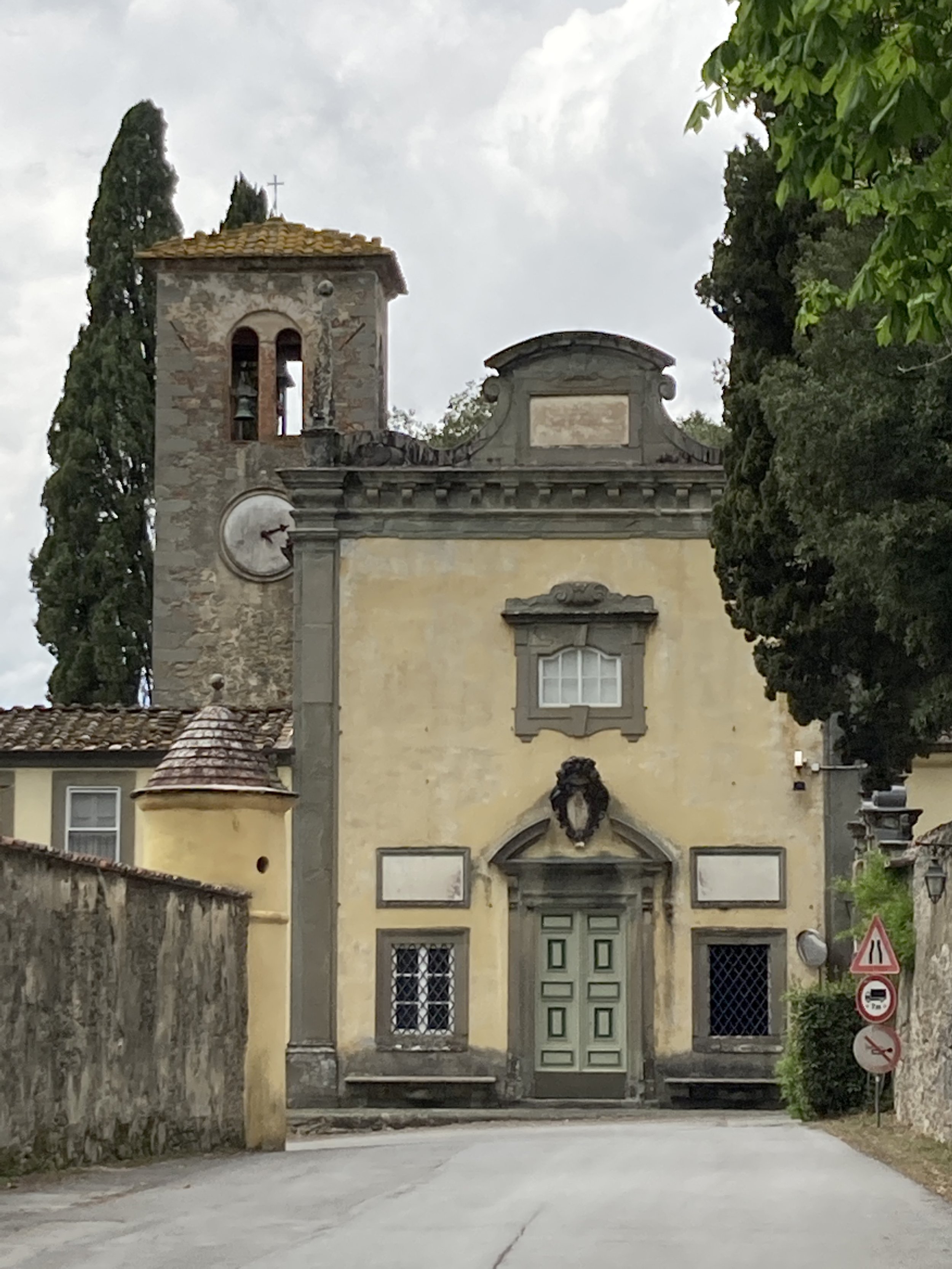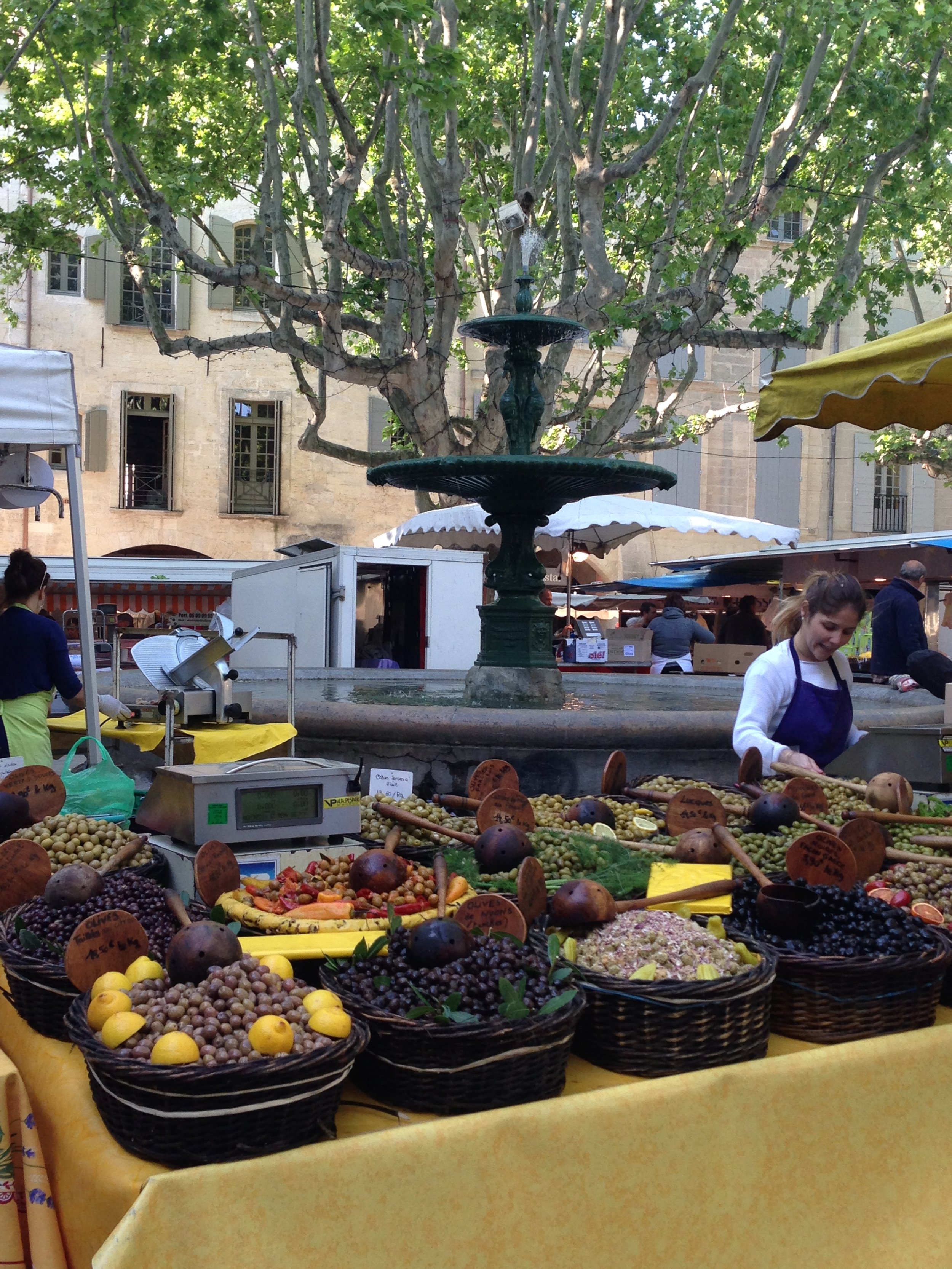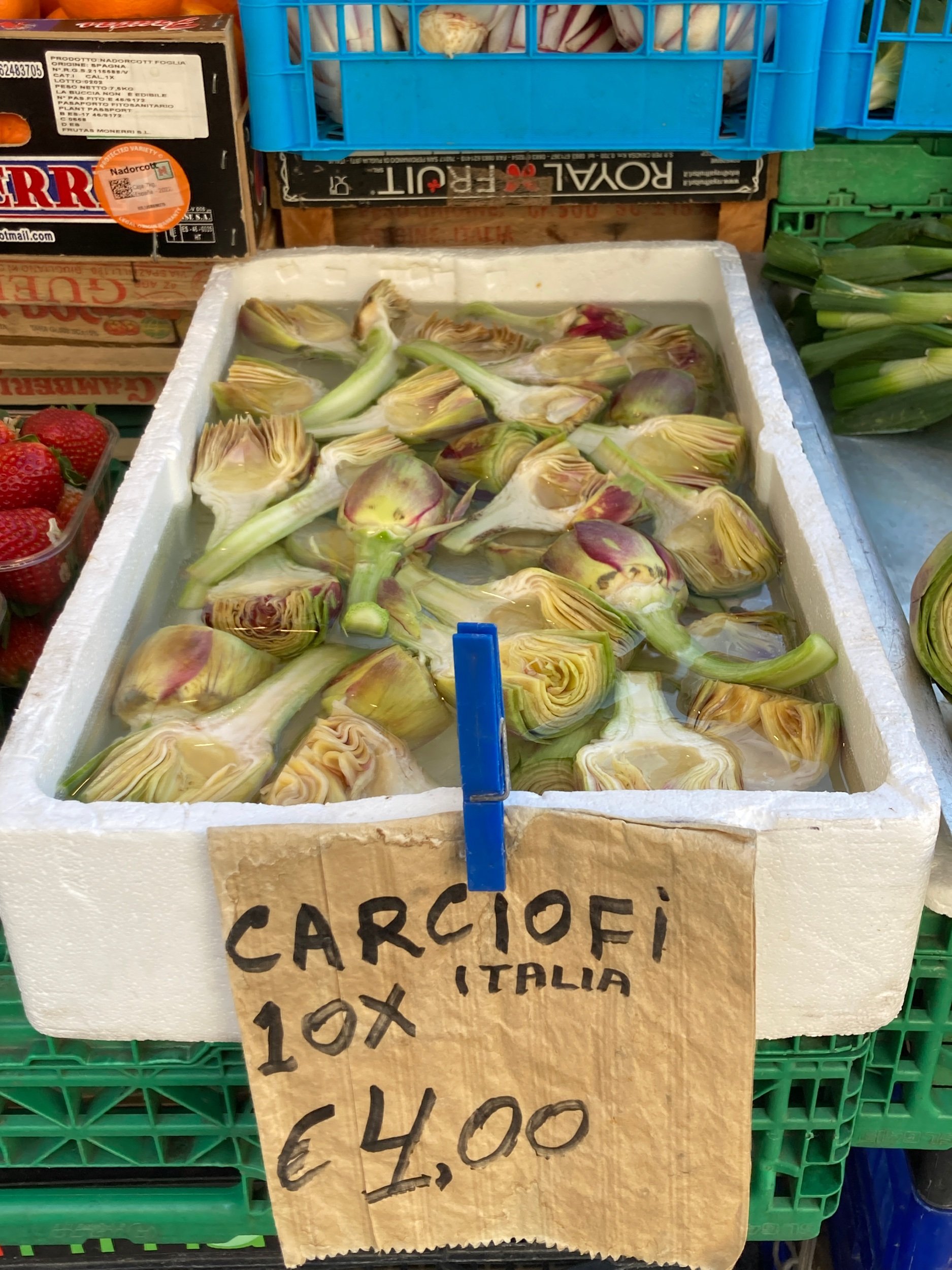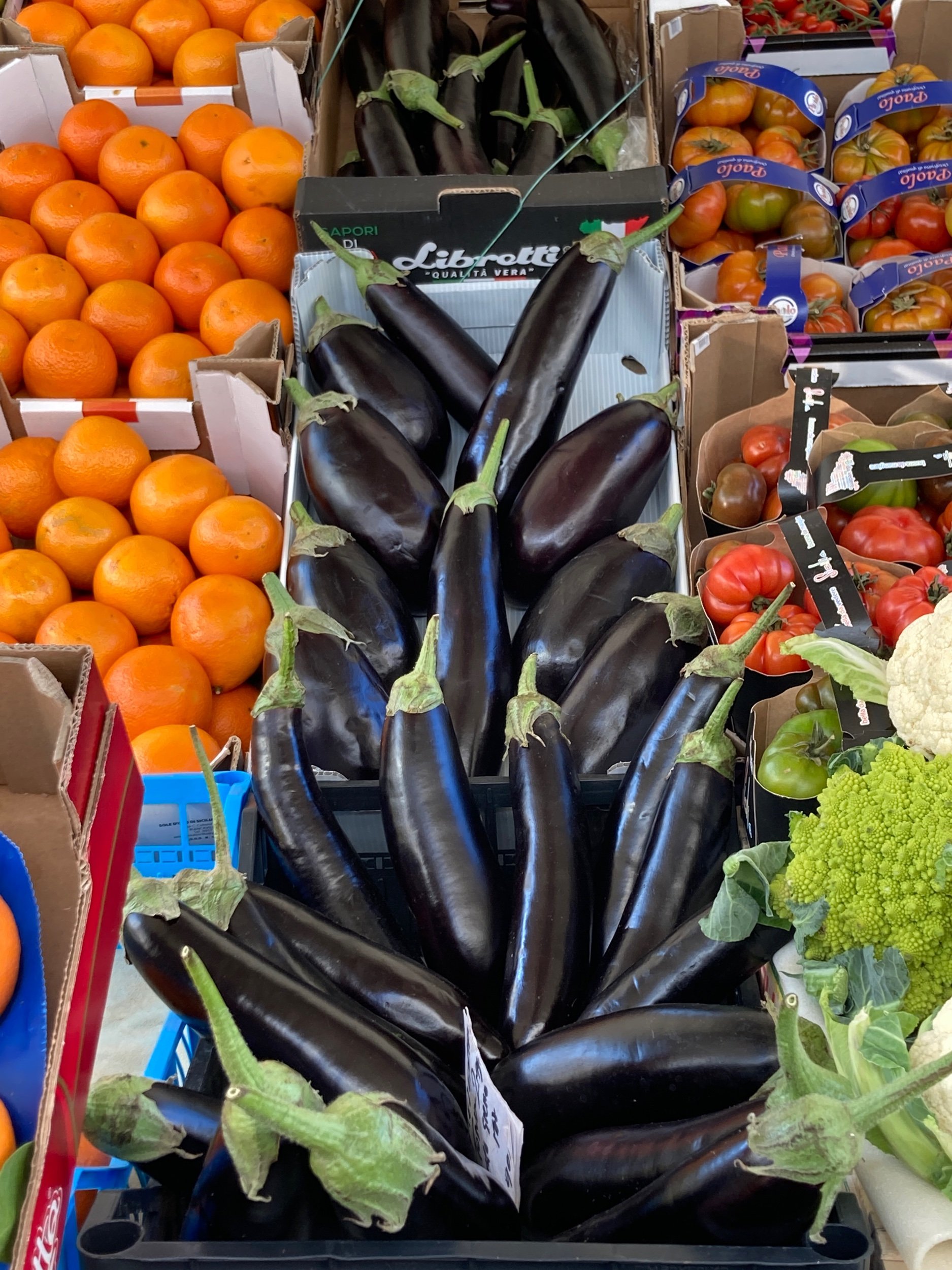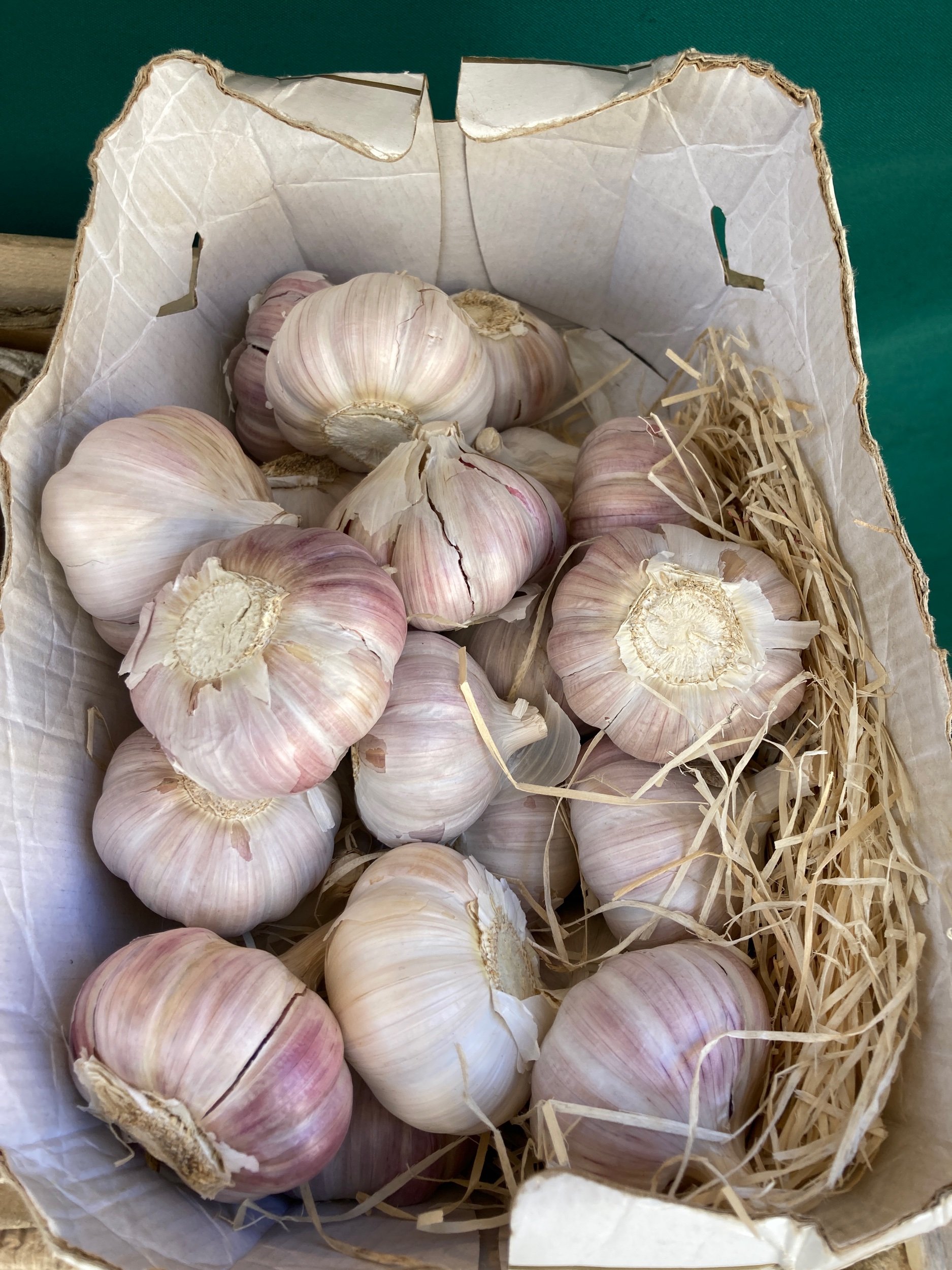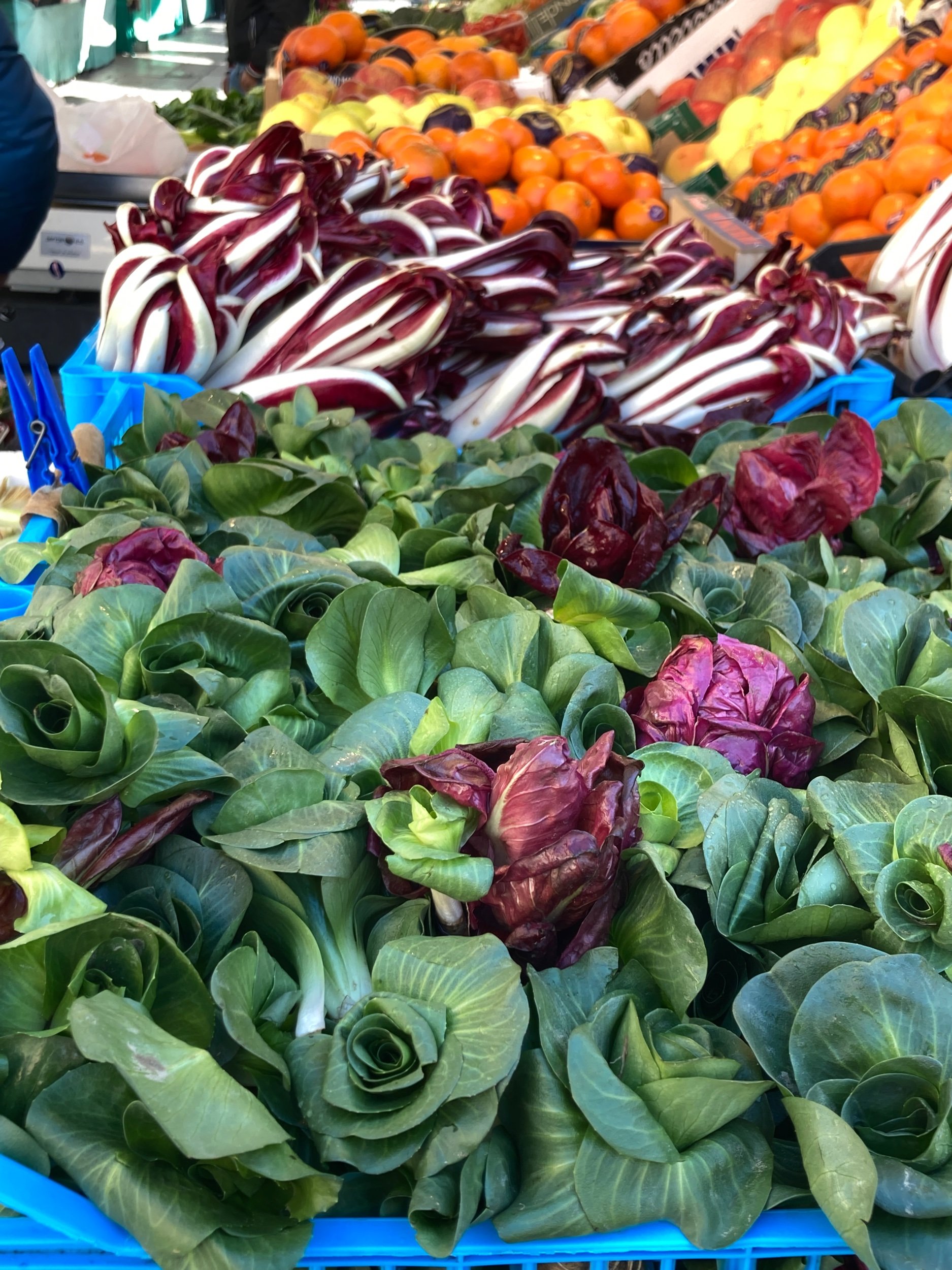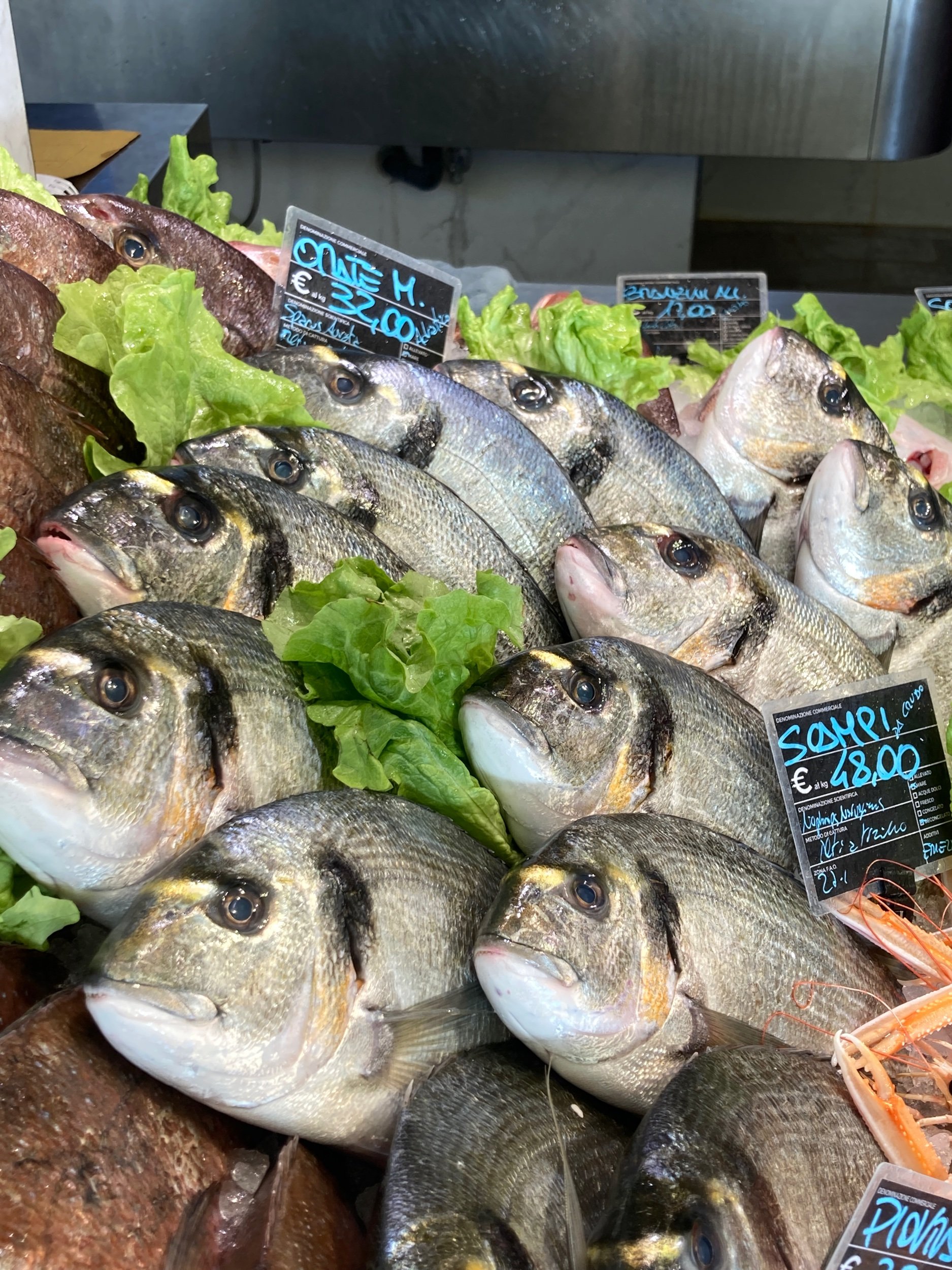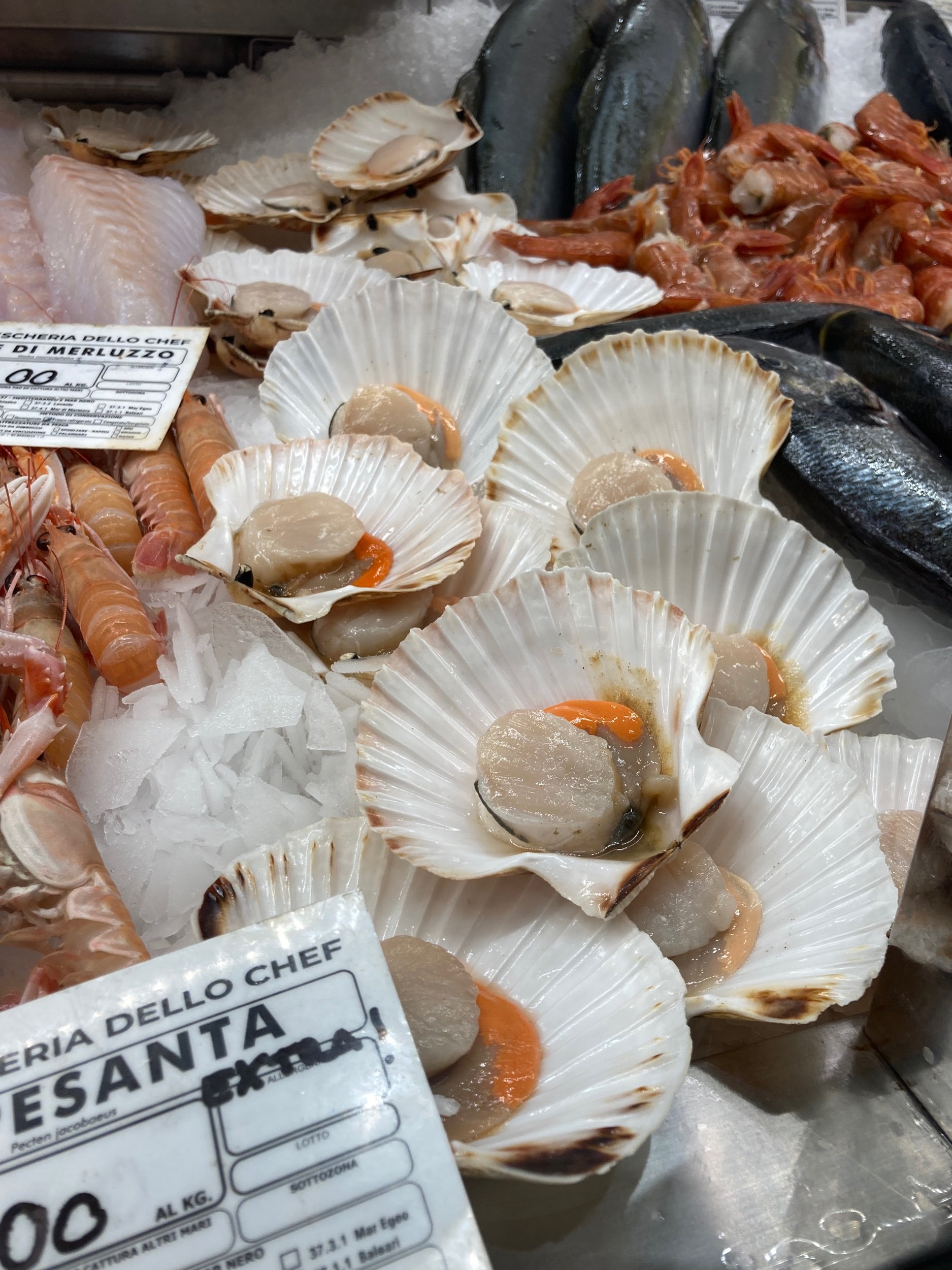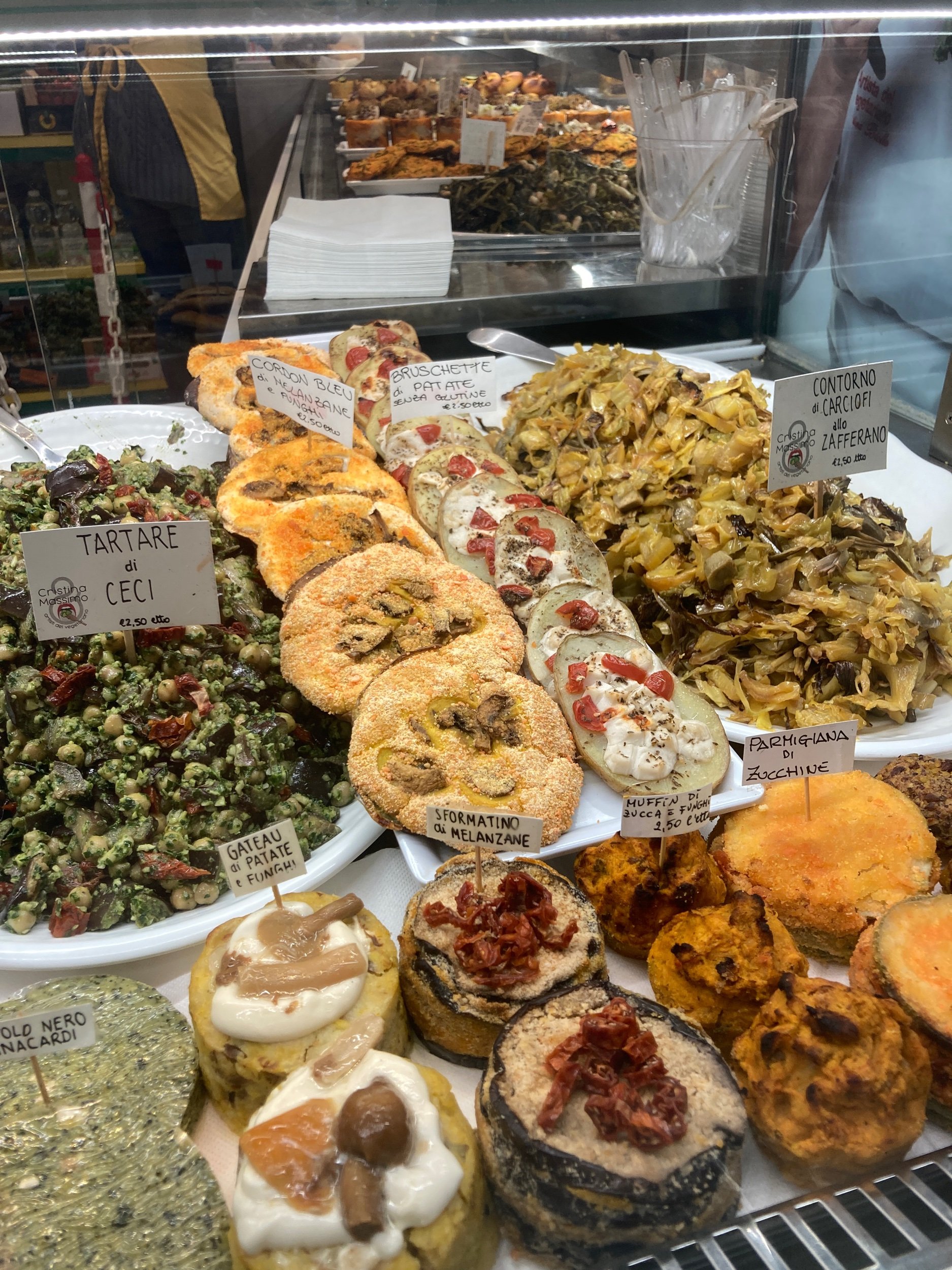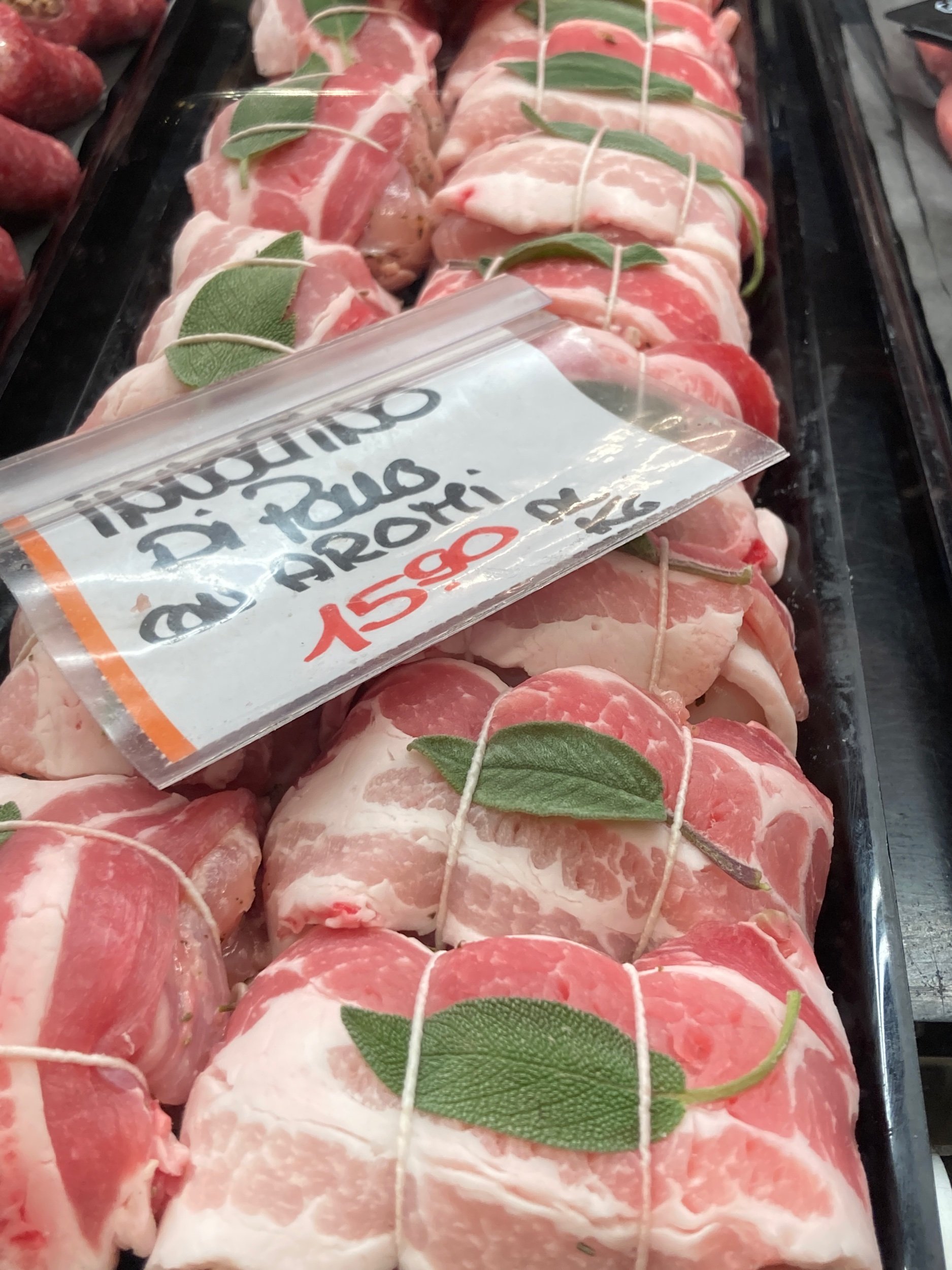An Italian Seaside Vacation
Some people think that living in Lucca means that I am on permanent vacation. Not true! My daily life here consists mostly of routine things - grocery shopping, laundry, cooking, paying bills - along with doing the research, photography and writing for Two Parts Italy. Fortunately, I am able to do these things in a spectacularly beautiful walled town surrounded by the musical sound of the Italian language, make little day trips to surrounding towns, and enjoy all the riches Lucca has to offer. Life here is a joy but not an endless vacation. As with any daily life, sometimes a gal wants (needs) to change things up a bit and go on a real vacation. Even better if that vacation includes sun, sea, quaint villages, and the beautiful rugged coast of Liguria. Add in a visiting daughter and a couple of grandkids and you’ve got the foundation for a great trip.
Rapallo’s seaside promenade - the view from our Airbnb apartment. Perfect location!
Arriving by ferry to villages from Portovenere to Portofino added a fun dimension to visiting villages along the Ligurian coast
I always think that the best vacations combine someplace new with a much loved place from a previous trip. My June vacation met both of those criteria. The new place was the Portofino Peninsula. The return visit was to Levanto, a special request from my grandkids who fell in love with this laid back seaside town on their first visit to Italy several years ago. And while I picked the two towns in which we based, I pretty much let the activities be driven by my grandkids who, at ages 17 and 13, had some pretty specific requests - boats, beaches, one big city adventure, a little shopping, and lots of gelato.
First stop: Rapallo and an Airbnb apartment a block from the sea and just steps from lively restaurants, bars, and shops. Rapallo makes a great base for exploring the whole peninsula, including the towns of Santa Margarita Ligure, Camogli, and Portofino as well as the more rugged areas (great for hikers) around the Abbey at San Fruttuoso. In the summer all of these are connected by the Tigullio Ferry System, a fun way to travel around the area. Rapallo also has a very convenient train station with quick connections to Santa Margarita and Camogli. Genoa is an easy day trip too, just 23 miles away.
The castle fortress in Rapallo.
Rapallo has a lovely seaside promenade, the Lungomare Vittorio Veneto, which curves around from a harbor and sailing school at one end, to a private beach club, a small public beach (under construction during our visit), and down to a castle fortress. The fortress was built centuries ago to defend the city of Rapallo from the 16th century pirates who once caused havoc along the coast. It seems to still be working - there wasn’t a pirate to be found during our visit. Next to the castle is a small public beach. As is typical for this area, the beaches are more pebbles than sand. Walk further and find some seaside hotels, good spots for a sunset cocktail, and pretty villas. All along the way are street mosaics with sea themes and gorgeous views.
Across the street from the promenade are several restaurants with pretty views, attracting lots of tourists.
We had great pizza there one night at Pizzeria Nettuno where you can select your crust (classic, integrale, or a soy/rice blend) and choose from a huge variety of toppings. It may have been along the seaside “tourist row” but it was terrific pizza.
Small pedestrian only streets lead away from the water and into the center of town where we found our favorite bars and restaurants. No sea views, but lively and with really good seafood and trofie with pesto, a local specialty. We particularly liked the Osteria Vecchia Rapallo for it’s fritto misto and pasta dishes.
Aperitivo time (virgin cocktails for the kids)
Of course, summer in Italy means sipping a cocktail in a piazza or pretty side street before dinner.
In that spirit, I introduced my teenage grandkids to the joys of the Italian aperitivo at the wonderful Taverna Gallo Nero. Sitting here during aperitivo hour is the very best kind of street theater and people watching.
While my daughter and I sipped Aperol Spritz, the kids enjoyed virgin cocktails along with traditional aperitivo snacks. After all, an aperitivo is a not-to-be-missed cultural experience when in Italy!
Rapallo is filled with beautiful architecture. The Liberty Style villas are gracious and colorful. The old part of town is famous for the painted tromp-l’oeil details on the buildings.
It’s fun to spot the false painted windows, an 18th century tax evasion trick (when taxes were based on the number of windows in a building).
Wandering through town we found ourselves watching ladies make fresh pasta through a shop window, intrigued by a storefront where they made delicate lace by hand, and inspired by kids learning to sail with instructors from the local sailing school. We also roamed through pretty parks (with a statue of Christopher Columbus pointing the way to the new world), along canals leading to the sea, past small churches, and through markets. There were charming piazzas, inviting courtyards, and cafes around every corner.
Rapallo made the perfect base for exploring this part of the Ligurian coast. Our visit provided an introduction to the town ( a longer stay is definitely in my future) and a chance to visit several surrounding villages. I think we all agreed that our favorite spot was the small fishing village of Camogli. More about that next week!




